Las Vegas F1 Grand Prix: “La Nouvelle Époque” brings hard lessons
Midnight in faux Paris: Tourists stand near the Eiffel Tower waiting to catch a glimpse of Formula 1 cars roaring past. According to the official schedule, Free Practice 2 has just started.
I refer, of course, to the Paris Hotel & Casino in Las Vegas. Home of Petit Eiffel, and like every other faux destination hotel and all the casinos in this city, it doesn’t have clocks. They prefer guests lose track of time when most are being separated from their money.
It was supposed to be quite the opposite for Liberty Media, the owners of Formula 1, who watched the clock as they gambled big. They fully expected to run the tables in Las Vegas during their week in control of the city, confirming the sport they manage has entered a new epoch—whether die-hard fans care to look past the Petit Eiffel and see it or not.
Three and a half hours earlier, however, during Free Practice 1, a loose water valve cover on the track surface struck midnight, destroying one car and damaging another, and their $600 million Cinderella story turned into a giant pumpkin. But just for one night.
Welcome to the Formula 1 Heineken Silver Las Vegas Grand Prix. What better location to host such an event than a place built upon an oasis of the real and surreal, descended upon by rabid race fans from across the globe? Who lustfully fantasize about endless possibilities in a city whose motto is “What Happens In Vegas Stays in Vegas”? It’s also where many locals pray it would all just go away.
The locals almost got their wish.

Free Practice 1 ran for all of eight minutes before it was canceled to make repairs to the track. Nearly six hours later FP2 got underway and ran without an incident.
Except for one minor detail.
In the city which hosts the biggest names and best shows in the entertainment industry, it was as if Liberty Media said to magician David Copperfield, “hold my beer,” and made every fan disappear.
The order requiring everyone to leave came down at 1:30 a.m., and within 30 minutes all of the grandstands and F1 Paddock Club suites were empty. Poof. Gone. “Logistics” was the reason given: concerns over transportation issues of the fans exiting the circuit, including the delay of the track operations team reopening the streets for public traffic by the 4 a.m. cutoff.
Fans attending the first day of the most hyped race on the F1 calendar witnessed just eight minutes of cars on track.
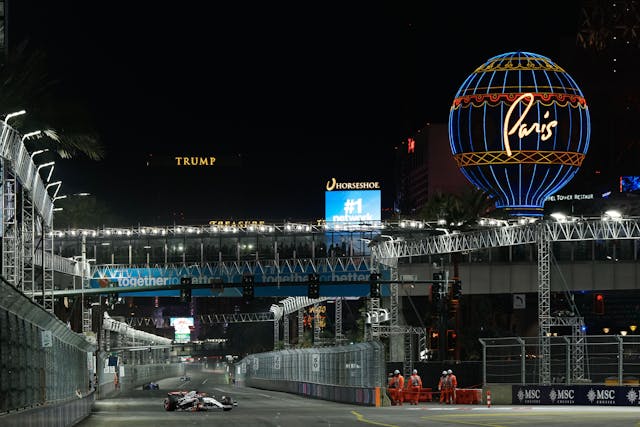
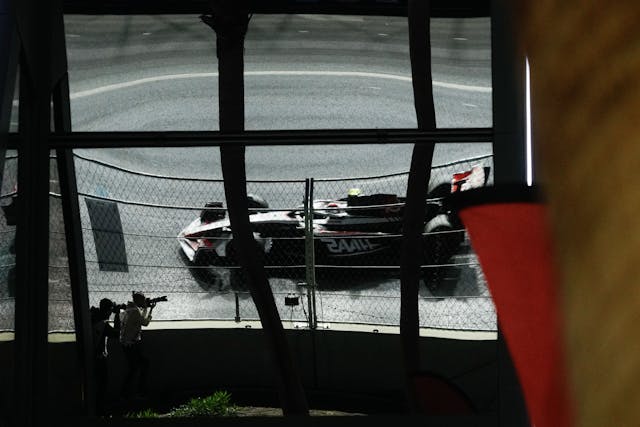
One of the motivations for this late-night schedule was to please the global television audience. Take Paris (the city) for example, home of the magnificent structure Gustave Eiffel completed in 1889. Multiple time zones separate the original in France from the imitation in the Nevada desert. The French are part of the large European fan base, targeted to watch the televised Vegas sessions during their daylight hours, and less concerned with the 1.25 million or so American viewers who tune in for each F1 race.
Similar to the appeal of the seven million people who pay to ascend the real Eiffel Tower each year, instead of the multitude who trek to Las Vegas, walk past the scaled-down version copy for free, and consider that good enough. This probably suits many Parisians just fine, as it means fewer tourists and less need to mutter to themselves about American tourists.
According to Applied Analysis, a local data crunching and consulting firm, the overall economic impact of F1 coming to Las Vegas was projected to exceed $1.3 billion. That’s double the projected economic impact of the upcoming Super Bowl to be played there in February, 2024.
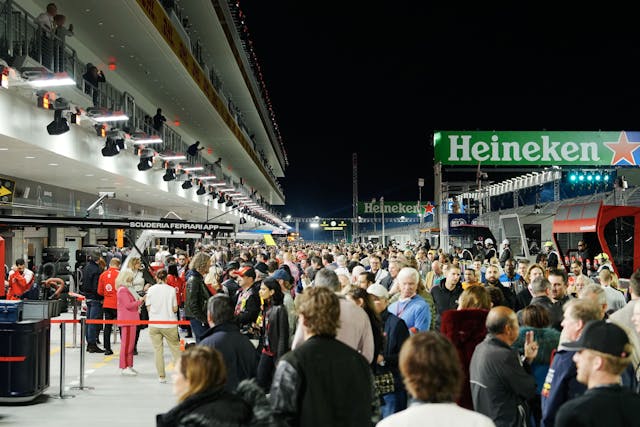
Applied Analysis did not measure the frustration and anger of a significant part of the Las Vegas residents who grew tired of months of construction, fought snarled traffic, and had little interest in the sport to begin with.
All this should not diminish the view many have of Liberty Media and what it is attempting to accomplish in Formula 1. Mercedes team principal Toto Wolff was extremely vocal in the press conference following the opening night incident:
“It’s FP1—how can you even dare trying to talk bad about an event that sets new standards to everything?” was his retort to a question asked by an American journalist. “You are speaking about a f—— drain cover that has been undone. That has happened before. That’s nothing, it’s f—— FP1.
“Give credit to the people that have set up this grand prix, that have made this sport much bigger than it ever was. Liberty has done an awesome job and just because a drain cover has become undone we shouldn’t be moaning.”

Toto has a point. If every other professional sport is measured in eras, Formula 1 must be measured in epochs.
The first, the Historic epoch, ran from the sport’s launch in 1950 when Ascari and Fangio won early and often, covered Sir Jackie Stewart’s dominant reign from the late 1960s to early 1970s, and ended when Mario Andretti captured his lone World Championship title in 1978.
Second is the Bernie Ecclestone epoch. From the late 1970s, when the diminutive British businessman outmaneuvered Jean-Marie Balestre, President of the FIA (FISA before that), in securing the ability to negotiate the international television rights for Formula 1. This transformed the already glamorous racing series into a commercial and economic giant in the world of sports. Over the following three-plus decades, he made himself, the FIA, and virtually every F1 team owner and backer more money than anyone thought possible.
In 2016, at a $4.6 billion purchase price, began the Liberty Media epoch. A period when people with no prior knowledge of motorsports have become ardent Formula 1 fans. Yes, thanks in part to Netflix’s Drive to Survive streaming series, but more so to leadership which drives change, no matter the costs. A 23-race schedule which has teams, especially the crews, stretched to their limits. More races than ever before in the Middle East. More consistent races than ever before in the United States after a period of start-stops in different cities and states.

Plus, international bankers, hedge funds, celebrities and athletes investing in the sport. A time where the value of an established F1 team may be worth more than the Dallas Cowboys, the New York Yankees, or Manchester United. And if you believe the paddock gossip, Apple is in talks with Liberty Media to secure all of the international broadcast rights at a cost of $2 billion per season. Good times. La Belle Époque indeed.
Perennial winner Max Verstappen offers a slightly different view than Toto, one that many understand and appreciate. The three-time F1 world champion referred to the Las Vegas event as “99 percent show and 1 percent sporting event.” He went on to describe his mandatory appearance at the Wednesday evening opening ceremonies, where each team of drivers were introduced as they were elevated on platforms along the front straight as, “…just standing up there looking like a clown.
“Some people like the show a bit more, I don’t like it at all. I grew up just looking at the performance side of things and that is just how I see it… So for me I like being in Vegas, but not so much for racing.”
The main attraction and highlight of the show was the race itself, very possibly the best actual racing of the 2023 F1 season. There were 50 laps of serious battles, especially at the front of the field with Charles Leclerc, Sergio Perez, and Verstappen fighting for the lead. The cool evening temperature meant longer runs and less degradation on the Pirelli tires. The Dutchman captured his 18th victory of the season. Leclerc passed Perez on the last lap to snatch a much deserved second place for Ferrari. More of this type of action on the 2024 calendar will grow the popularity of the sport in the United States. A middle-aged American man we came across summed it up during the grid walk: “I don’t know anything about Formula 1, but this is fantastic.”
Those comments are surely music to Greg Maffei’s ears. The CEO of Liberty Media is directing the seismic shift from traditions of motorsport to an all-encompassing entertainment experience. More fan engagement through an opening ceremony with driver intros, concerts, driver post-race interviews off site (in front of the Bellagio fountains), and a podium constructed on the front straight, minutes following the race, bringing the victory celebration front and center to the fans who paid $2500 for their main grandstand seats.
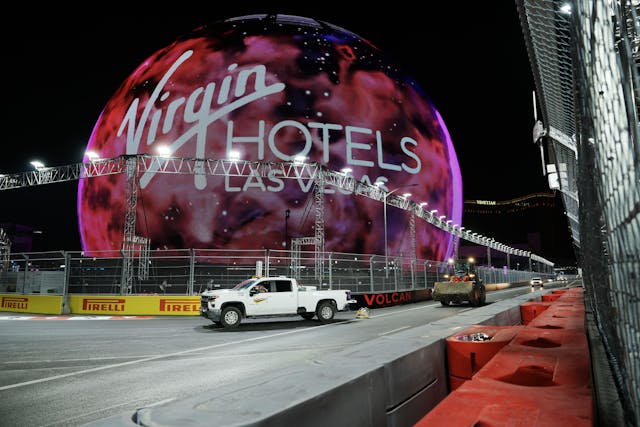
The action started earlier in the week, too, with a host of launch events, special liveries and parties keen to please sponsors. Even the recently constructed MSG Sphere was a star of the weekend with its bright, fluorescent advertising emanating from its more than 1 million LED bulbs, beginning as early as Tuesday’s The Netflix Cup that featured an F1 driver and PGA Tour golfer crossover event promoting two of Netflix’s biggest sports shows. F1 took the Sphere over for the weekend as well and temporarily ushered U2 out of its residency in the process. While U2 may still not know what they’re looking for, it appears F1 now does.
Is it all a bit over-the-top for Verstappen and the old-school purists of the sport? Yes. And get used to it.
No grand prix would be complete without celebrities and athletes appearing in the corporate suites and on the pre-race grid. Las Vegas was no exception… Brad Pitt, Patrick Dempsey, Sofia Vergara, Usain Bolt, and David Beckham to name just a handful. And that’s before the onslaught of new celebrities who appeal to the coveted younger audience introduced to the world via social media, and appeared all over various platforms. It’s a content-driven event in a content-driven series.
During driver introductions, no one received cheers louder than Lewis Hamilton, while no one endured such a chorus of boos as Max Verstappen did a few moments later.
I am not sure if actor Owen Wilson was on the Las Vegas grid or not. He should have been. Wilson starred in Midnight in Paris, the 2011 Woody Allen film about a writer from Hollywood who goes to Paris for vacation and travels back in time each evening of his visit. His character, Gil Pender, is obsessed with nostalgia. At midnight he is driven first to the 1920s where he meets Hemingway, Fitzgerald, Dali, and Picasso. Next he travels further back to La Belle Époque, the Golden Age. He sits in a restaurant and listens to Toulouse-Lautrec, Gauguin, and Degas.
What a beautiful time it was. From around the 1870s to the beginning of World War I in 1914 the arts, culture, science, and architecture flourished. Building great things are not always appreciated at first. Gustave Eiffel faced significant pushback and criticism from Parisians during the design and building of his tower. Once completed it was the main attraction of the 1889 World’s Fair and quickly became a cultural icon and a global destination for travelers of every generation.
Gil Pender ultimately decides as wonderful as it was, there is no future in living in the past.
The Liberty Media epoch is here. It will hopefully be remembered for capitalizing on the enormous growth and redefining sports entertainment industry while respecting and honoring the lessons and rich history of Formula 1. Enjoy it. One day, this epoch will fall. Another will rise.
Louis-Hector Berlioz, the great French composer, whose life ended just as La Belle Époque began, said it best: “Time is a great teacher, but unfortunately it kills all its pupils.”
***
Check out the Hagerty Media homepage so you don’t miss a single story, or better yet, bookmark it. To get our best stories delivered right to your inbox, subscribe to our newsletters.

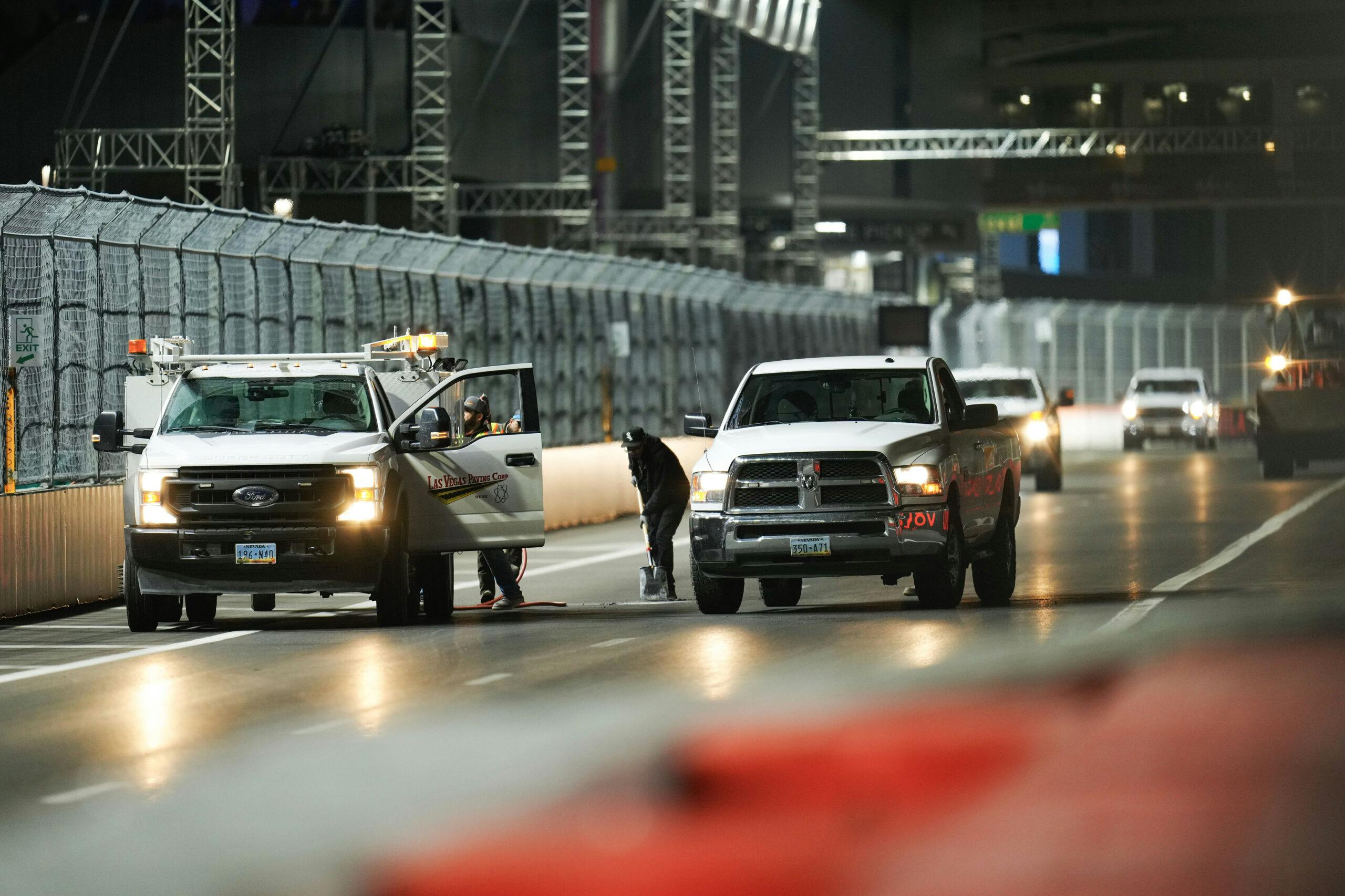
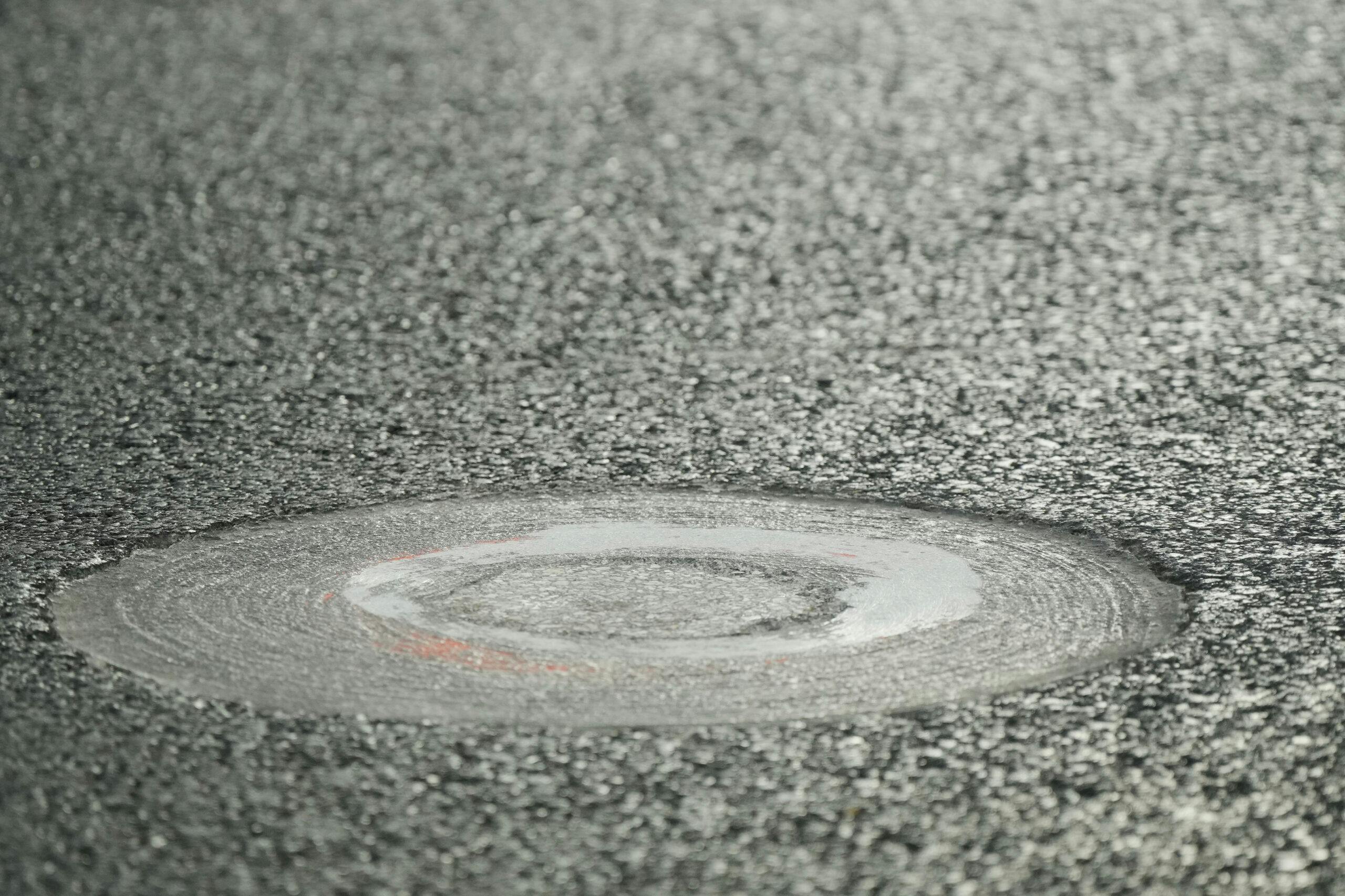

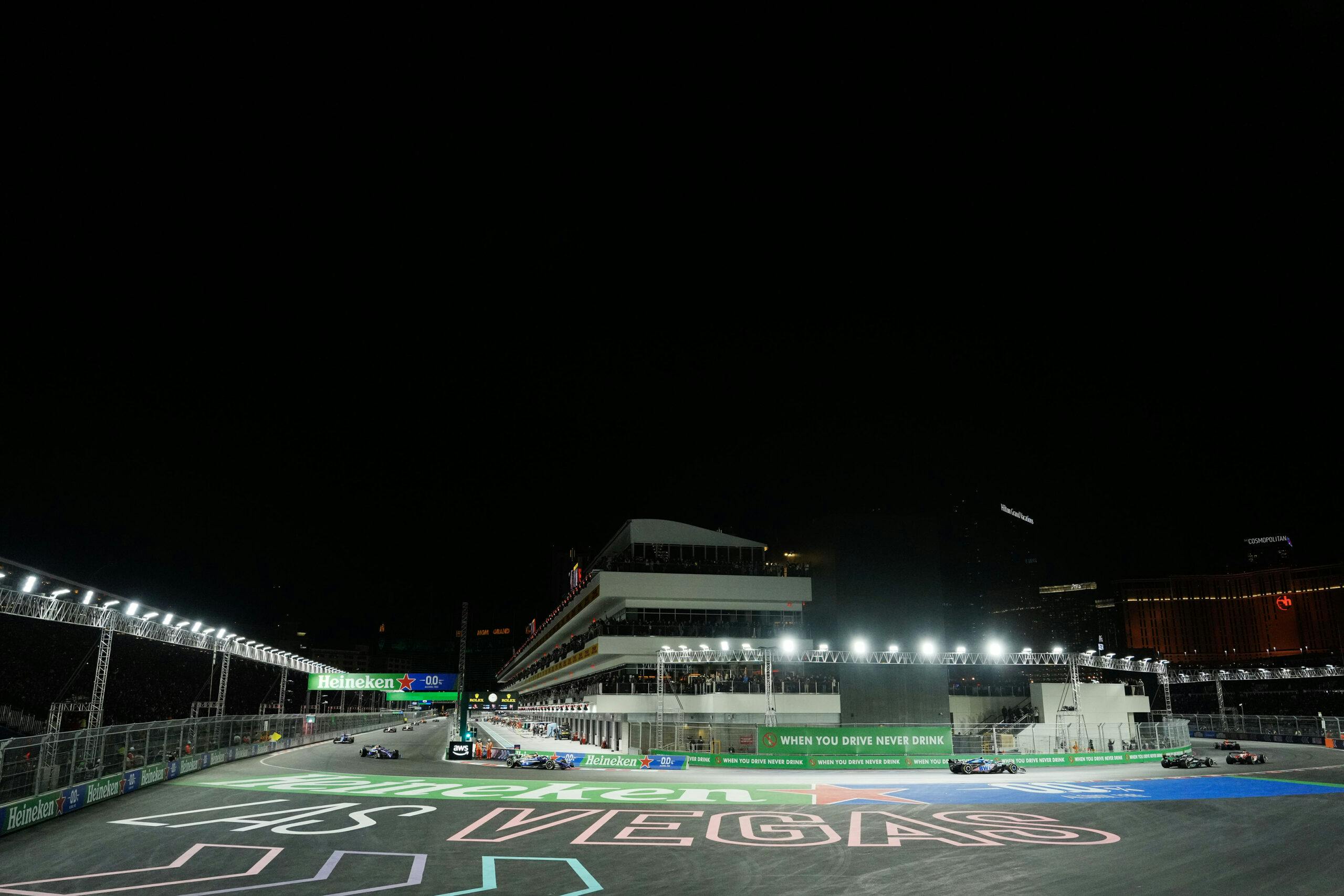
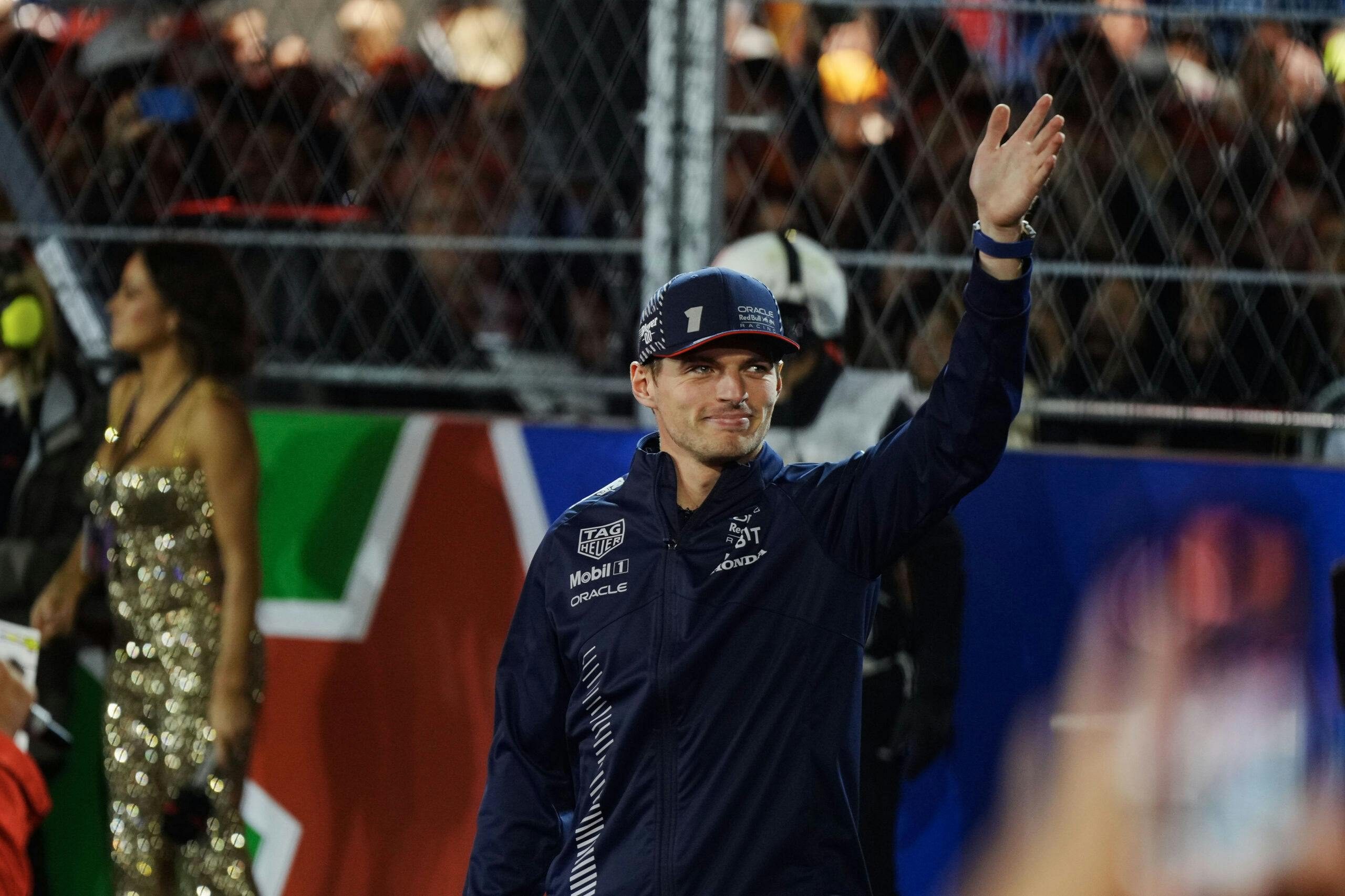
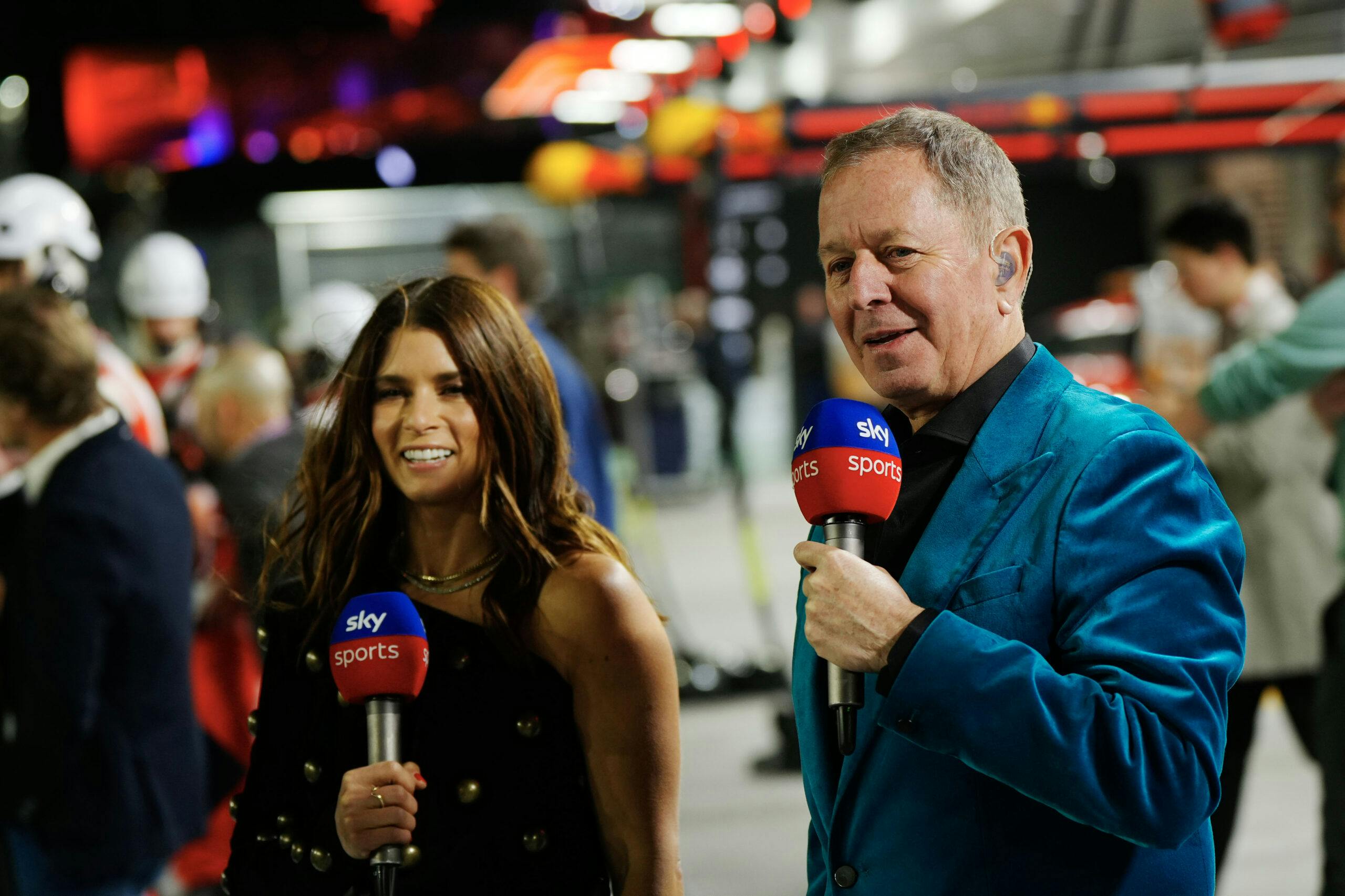


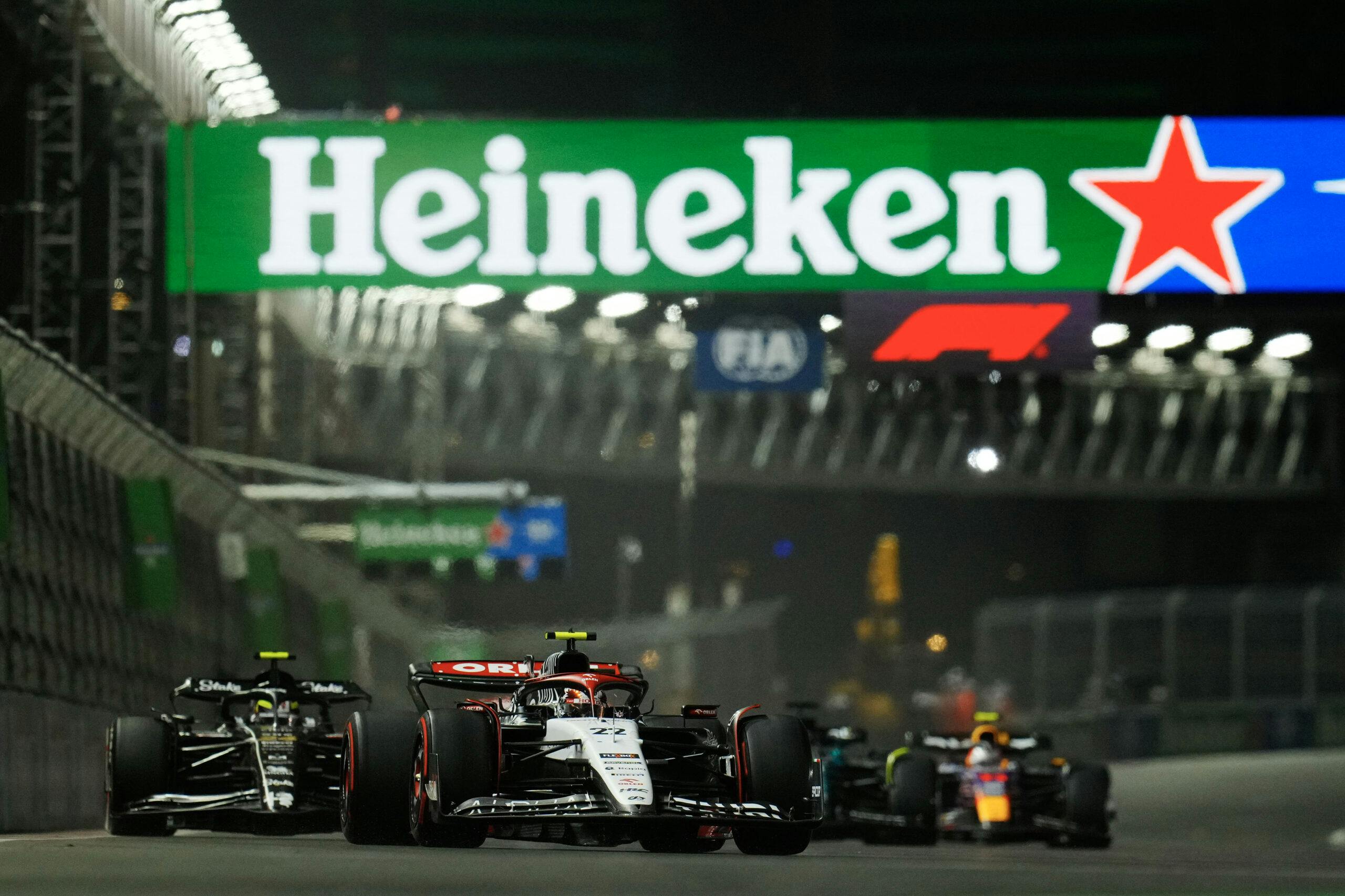
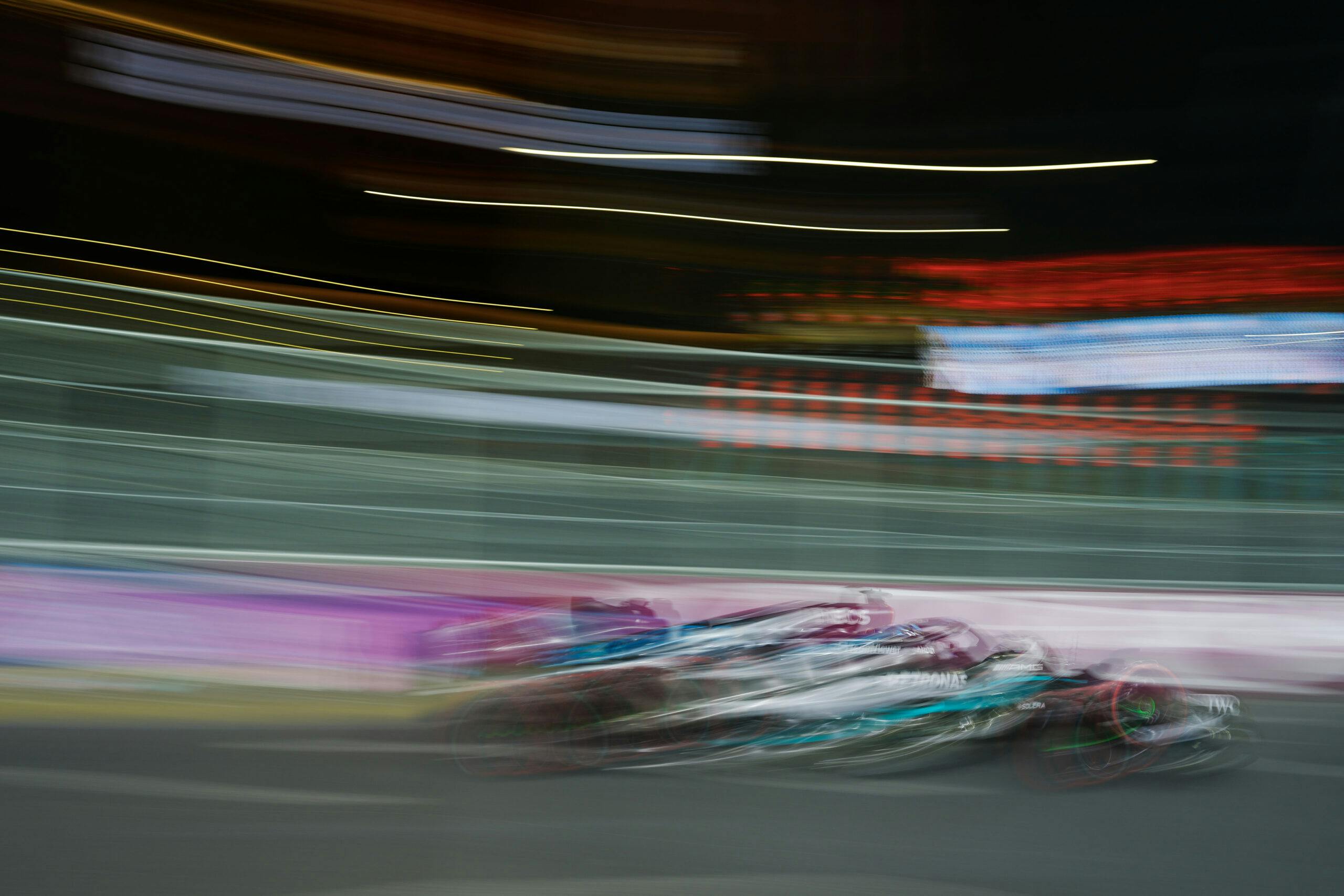
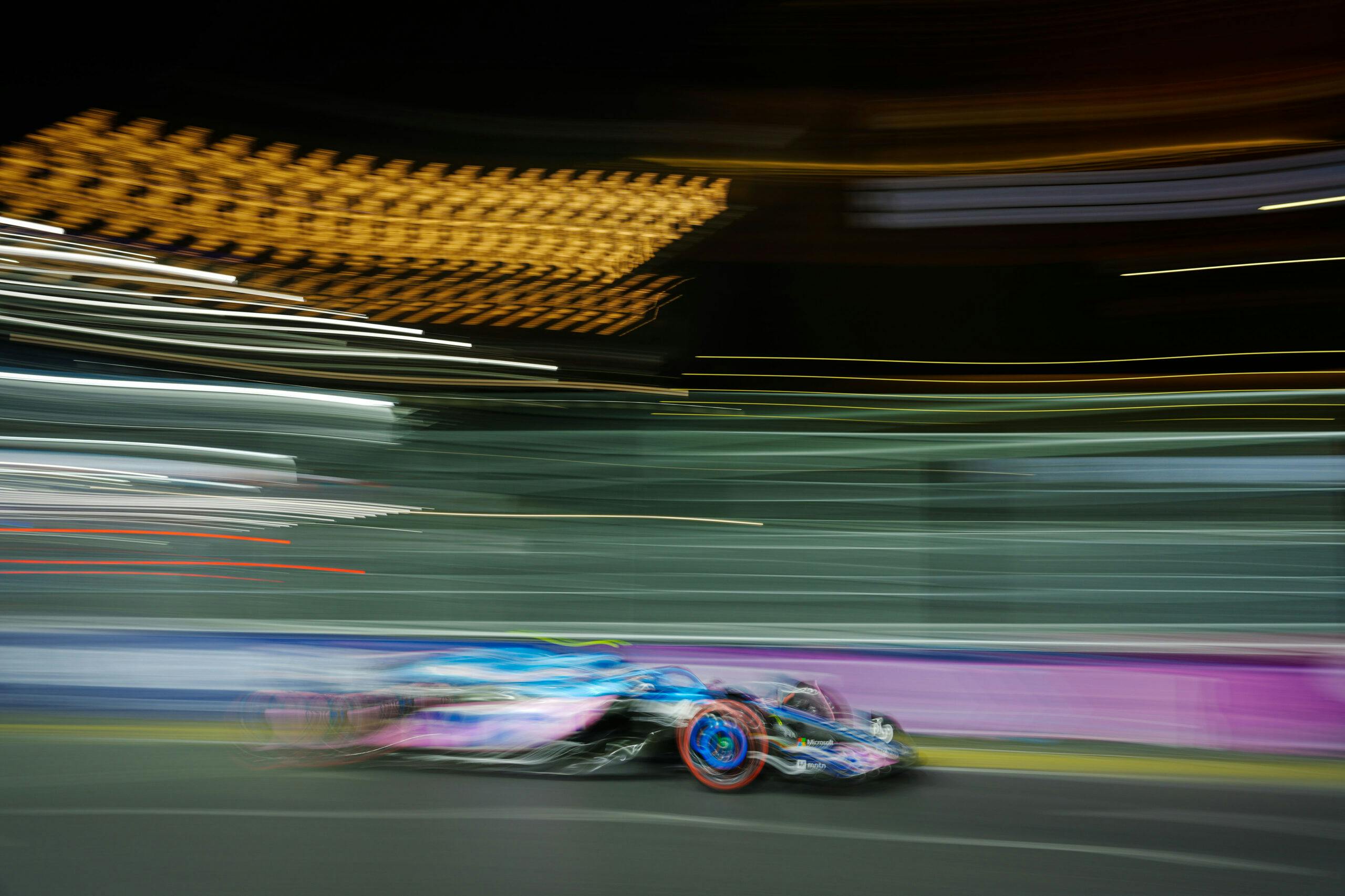
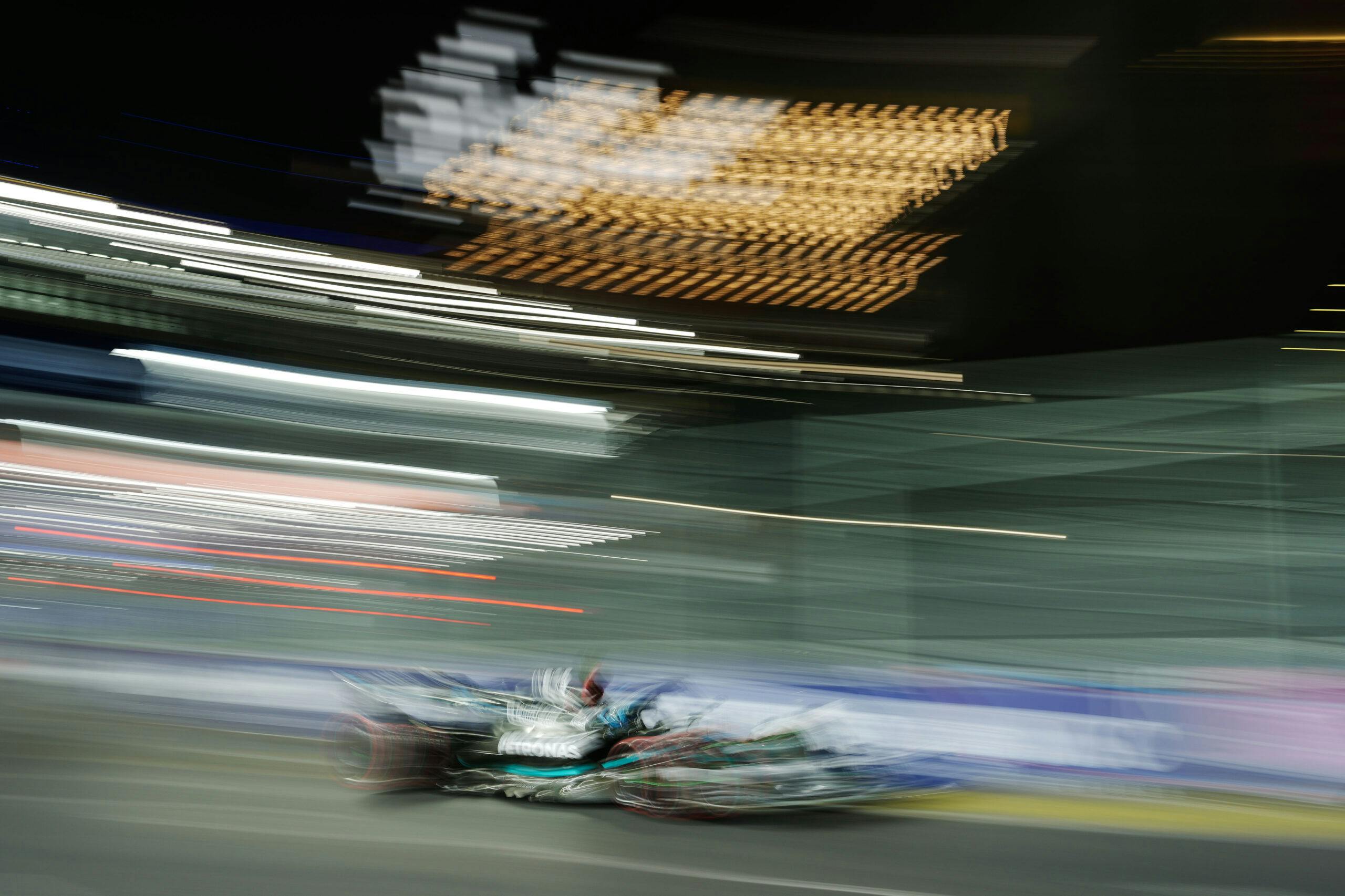
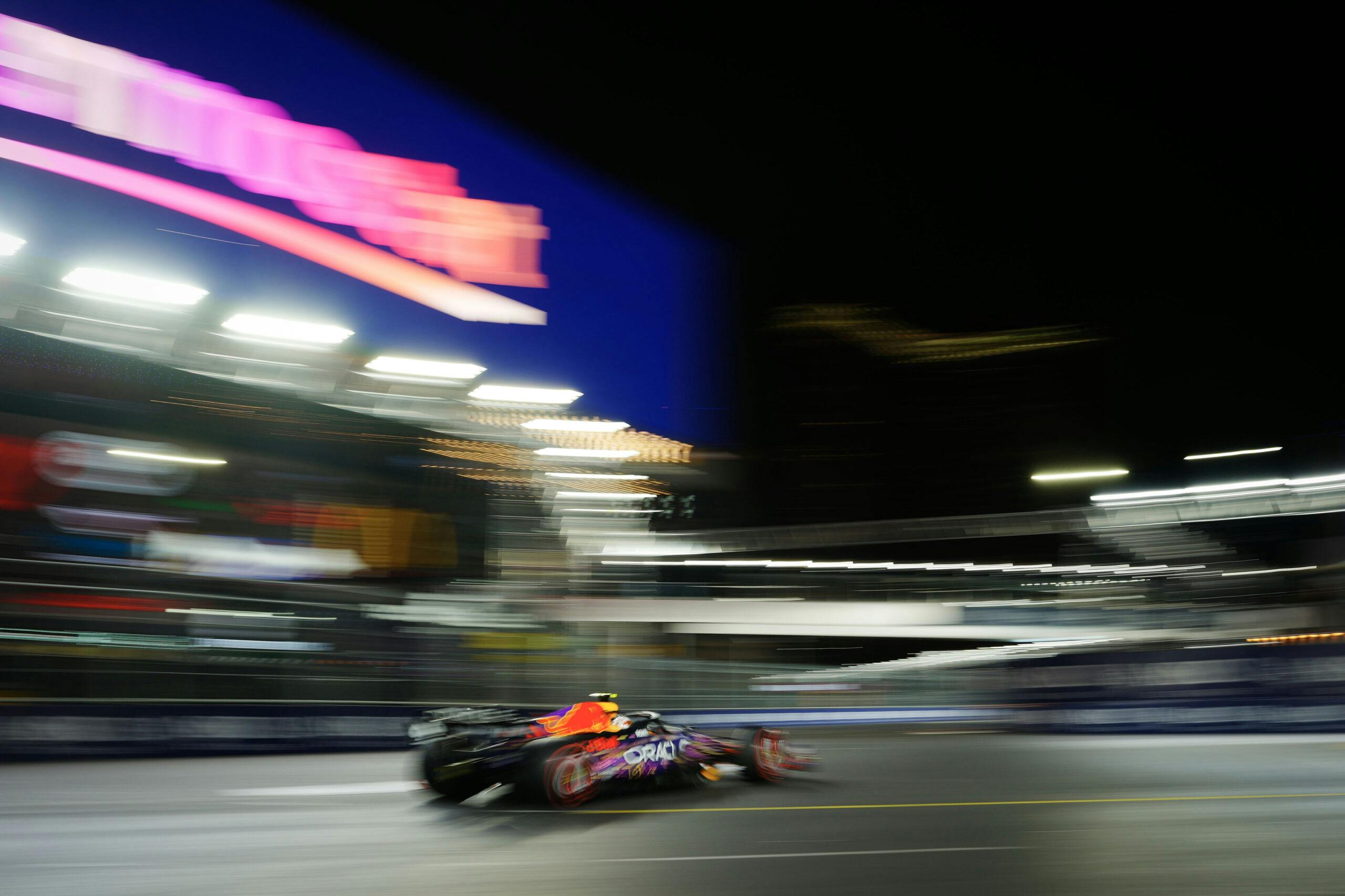
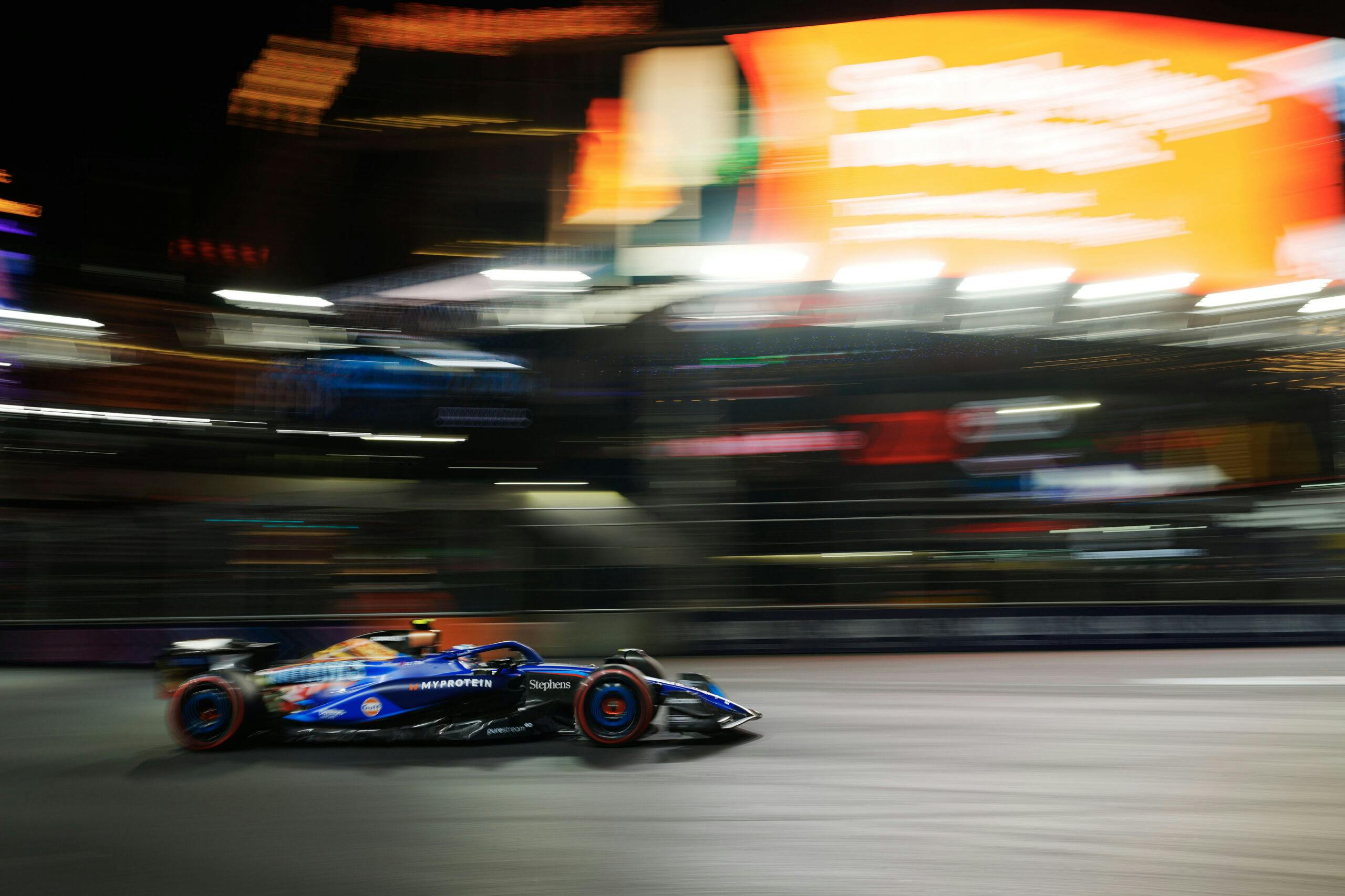
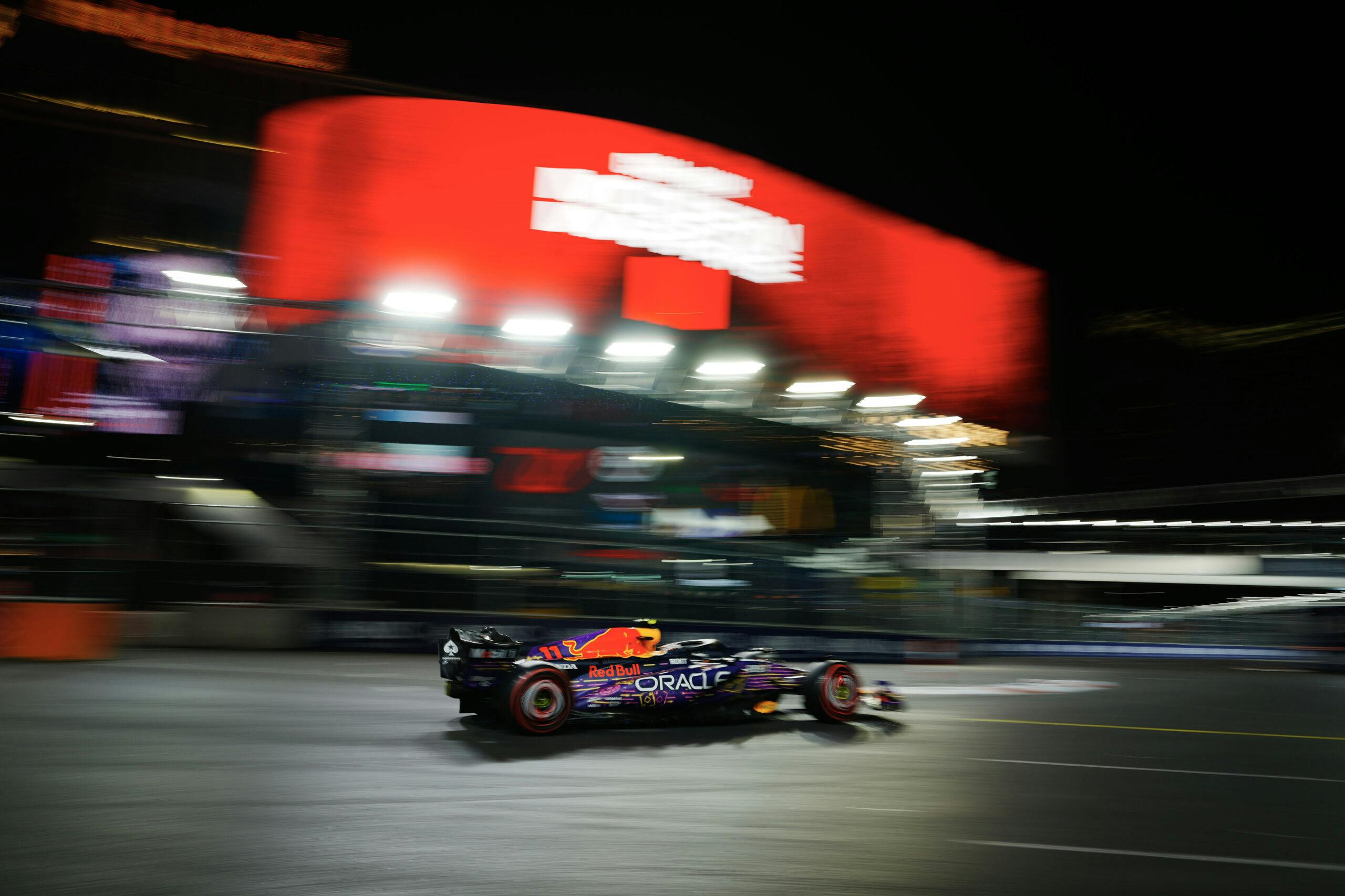
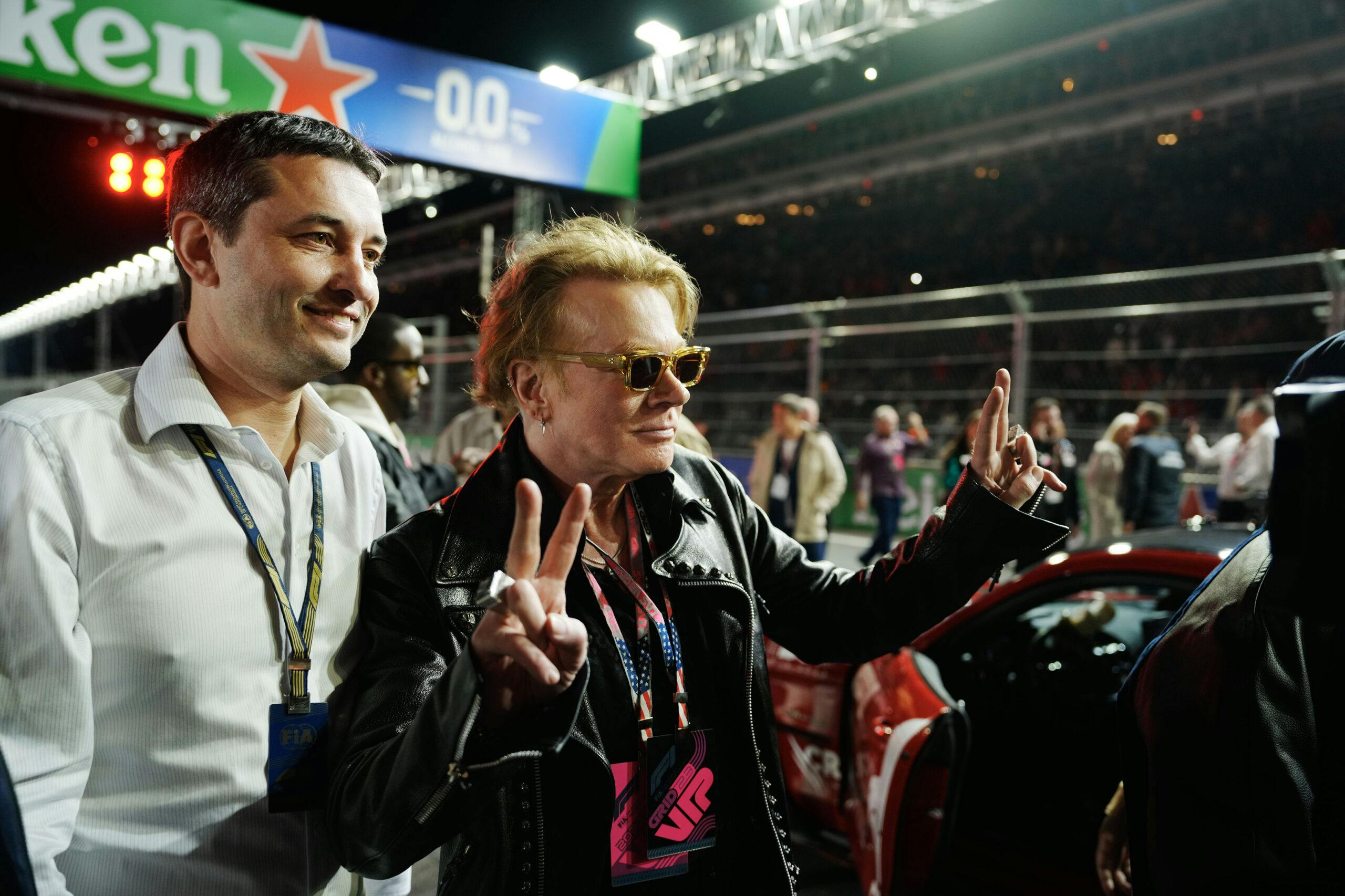
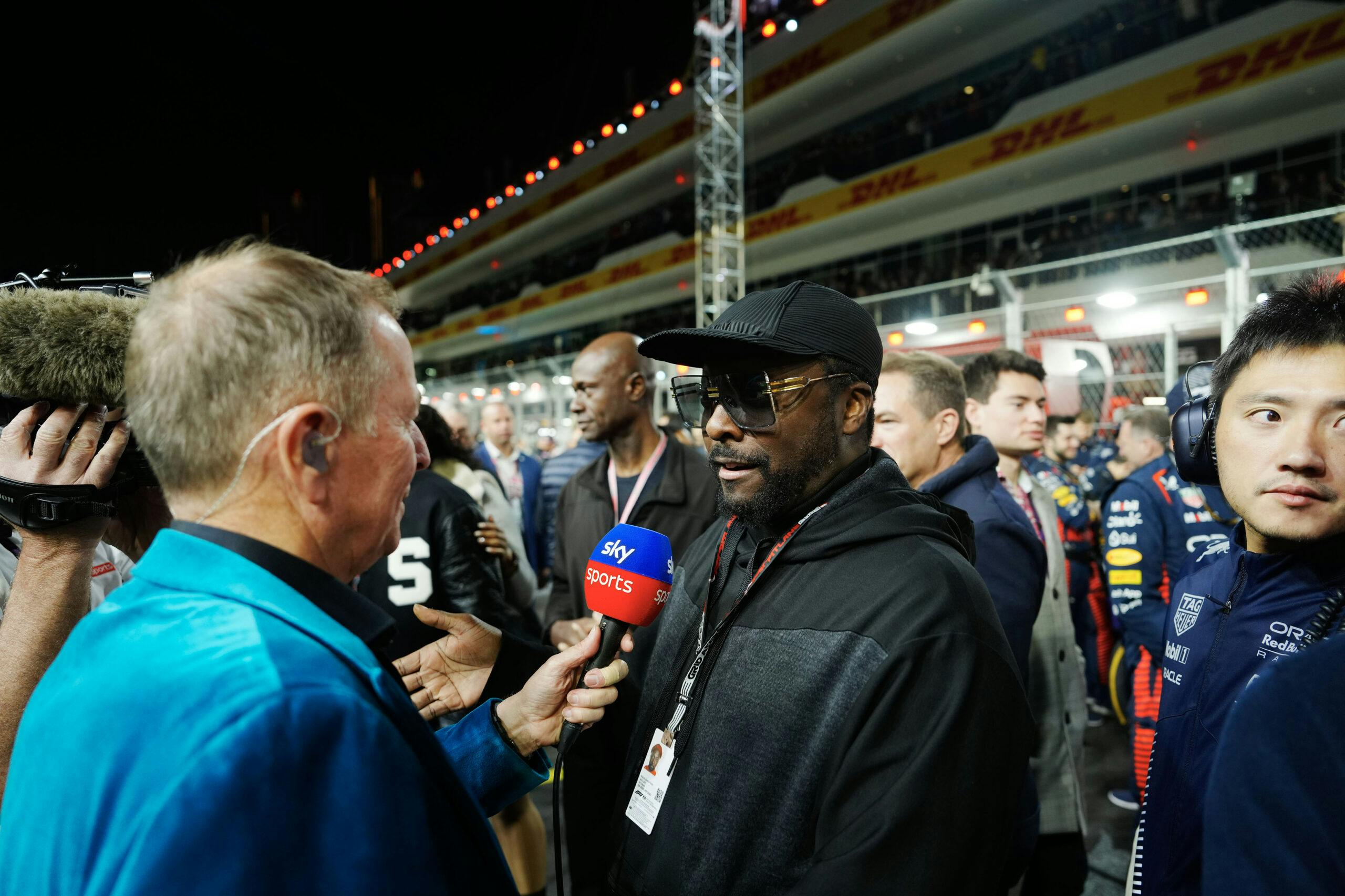
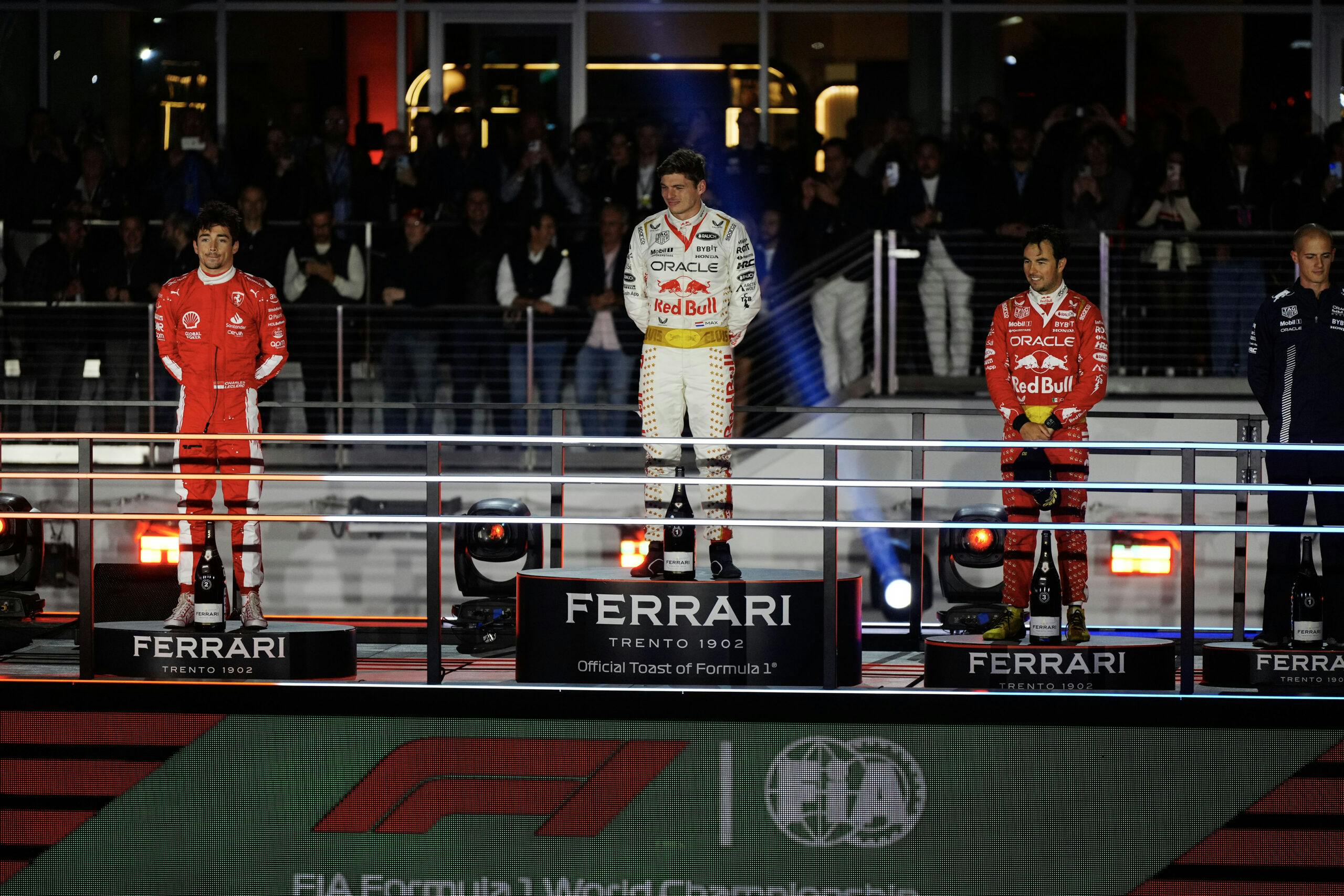
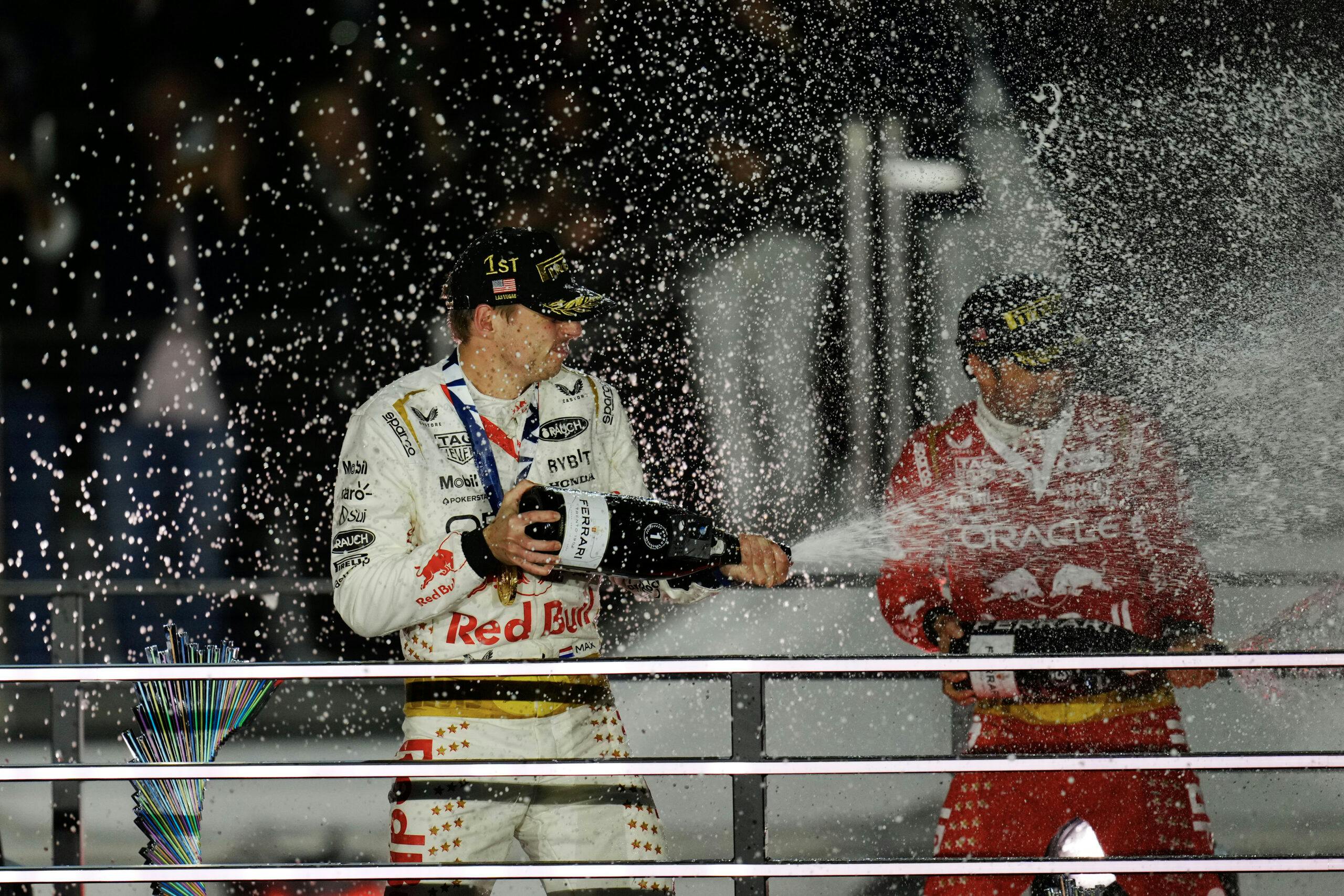

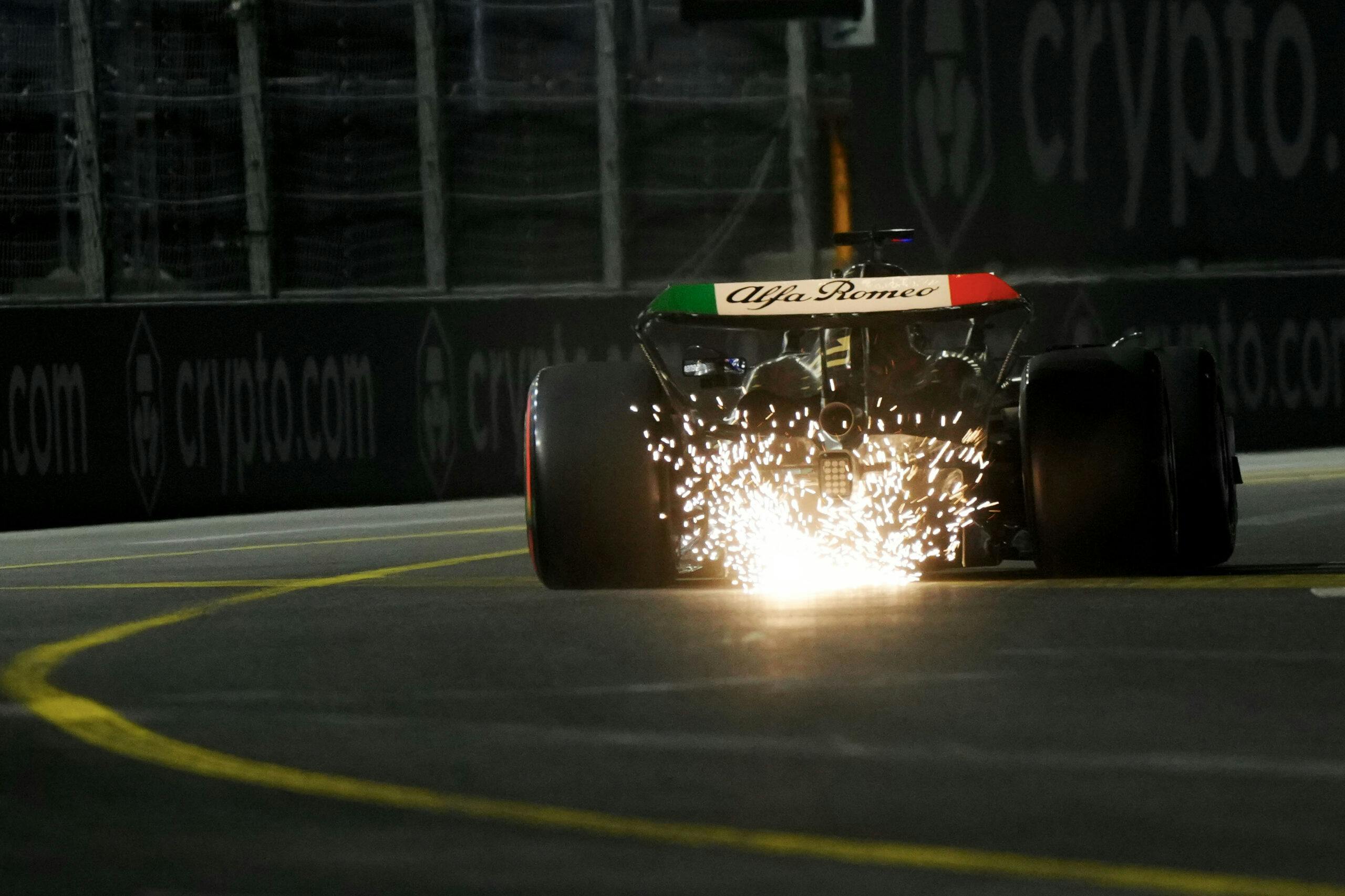
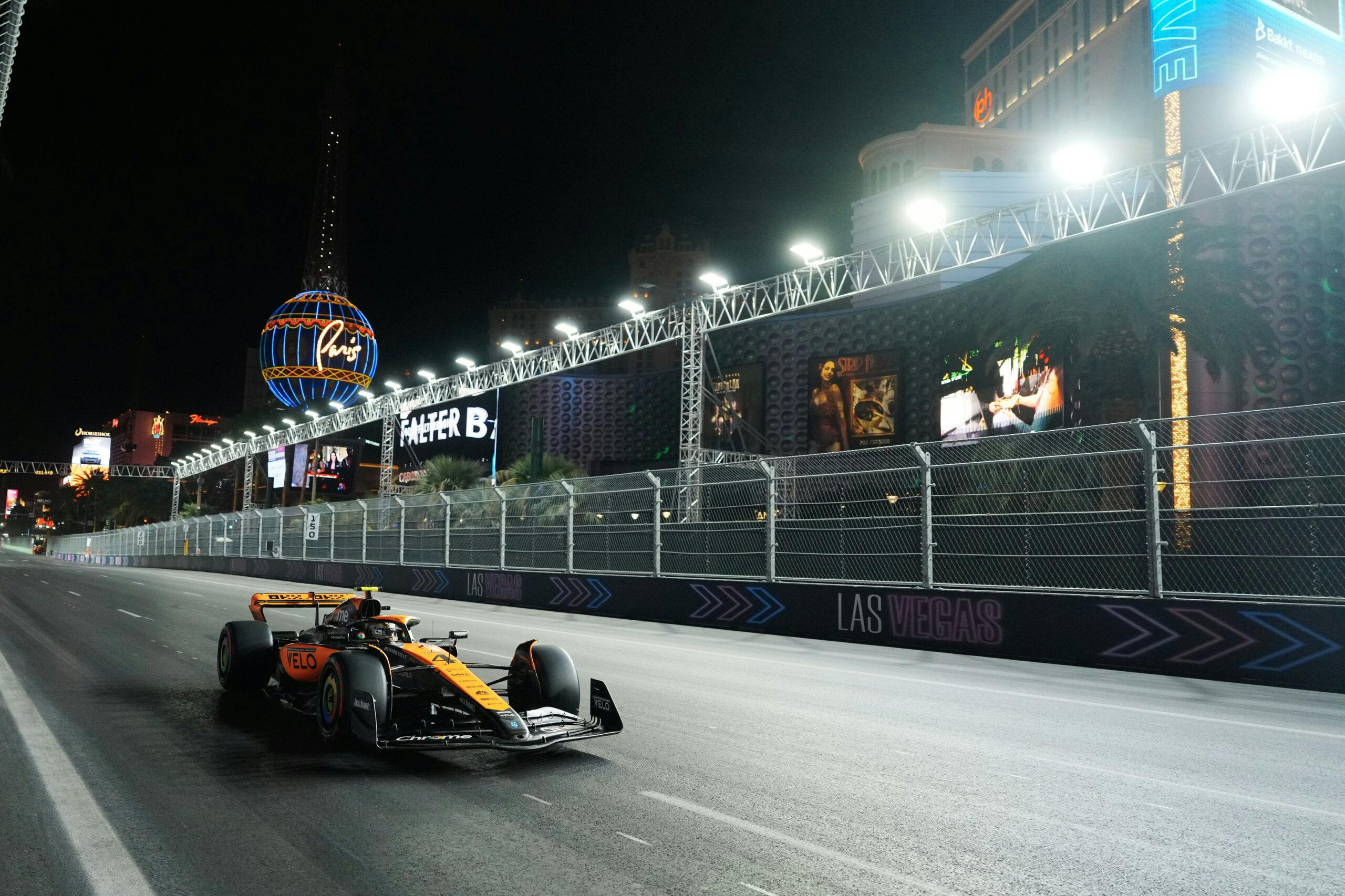
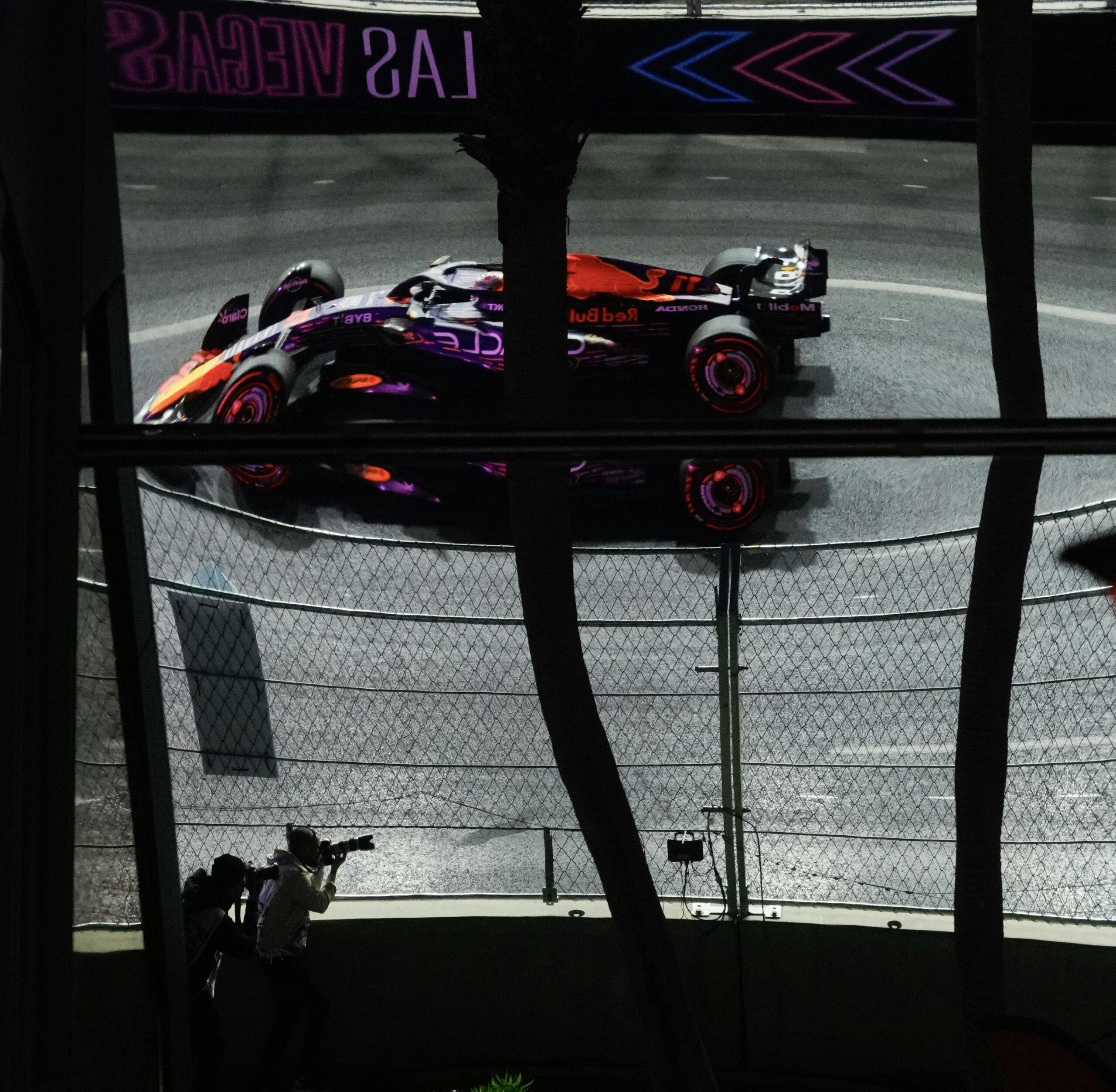
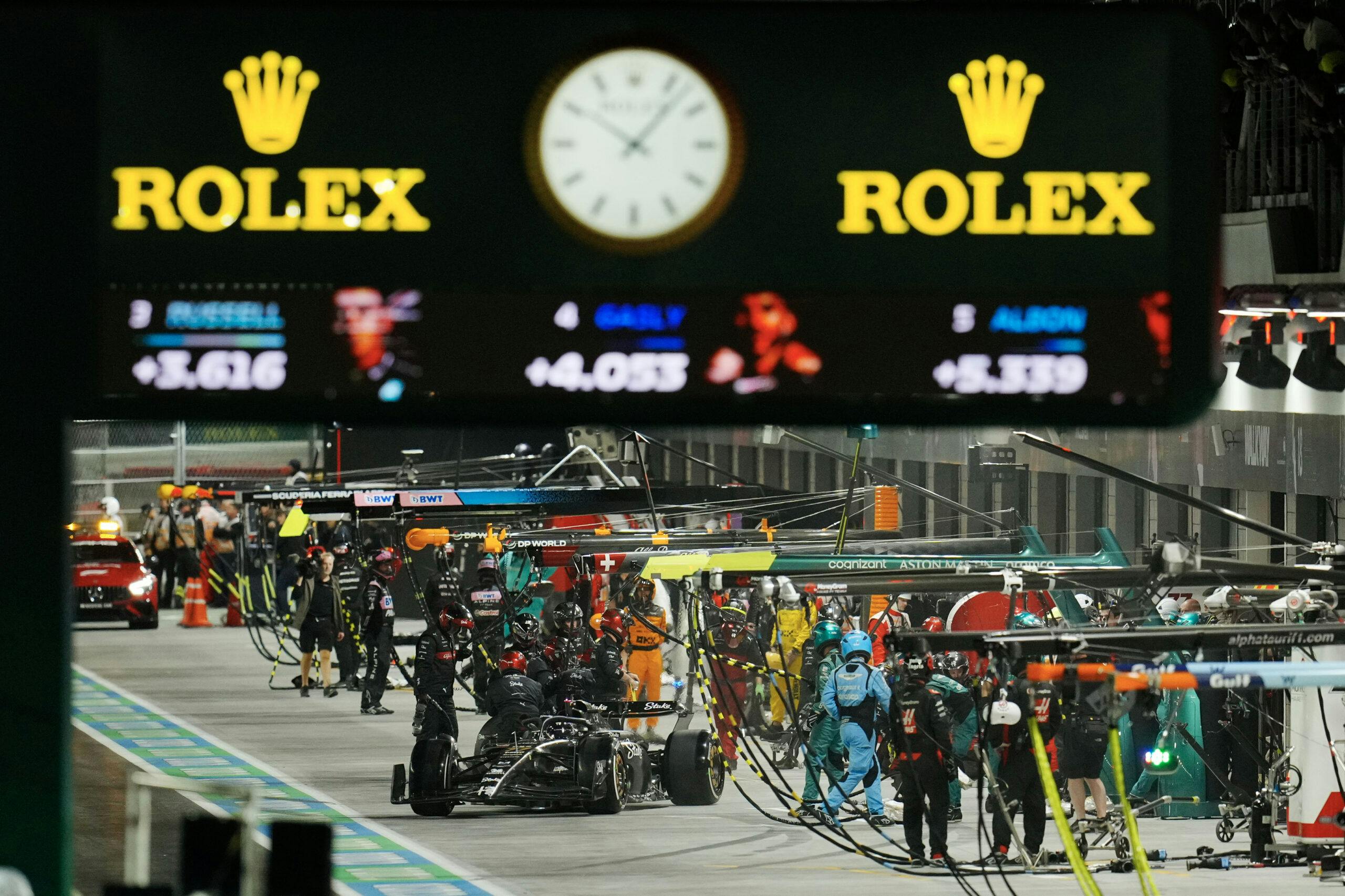
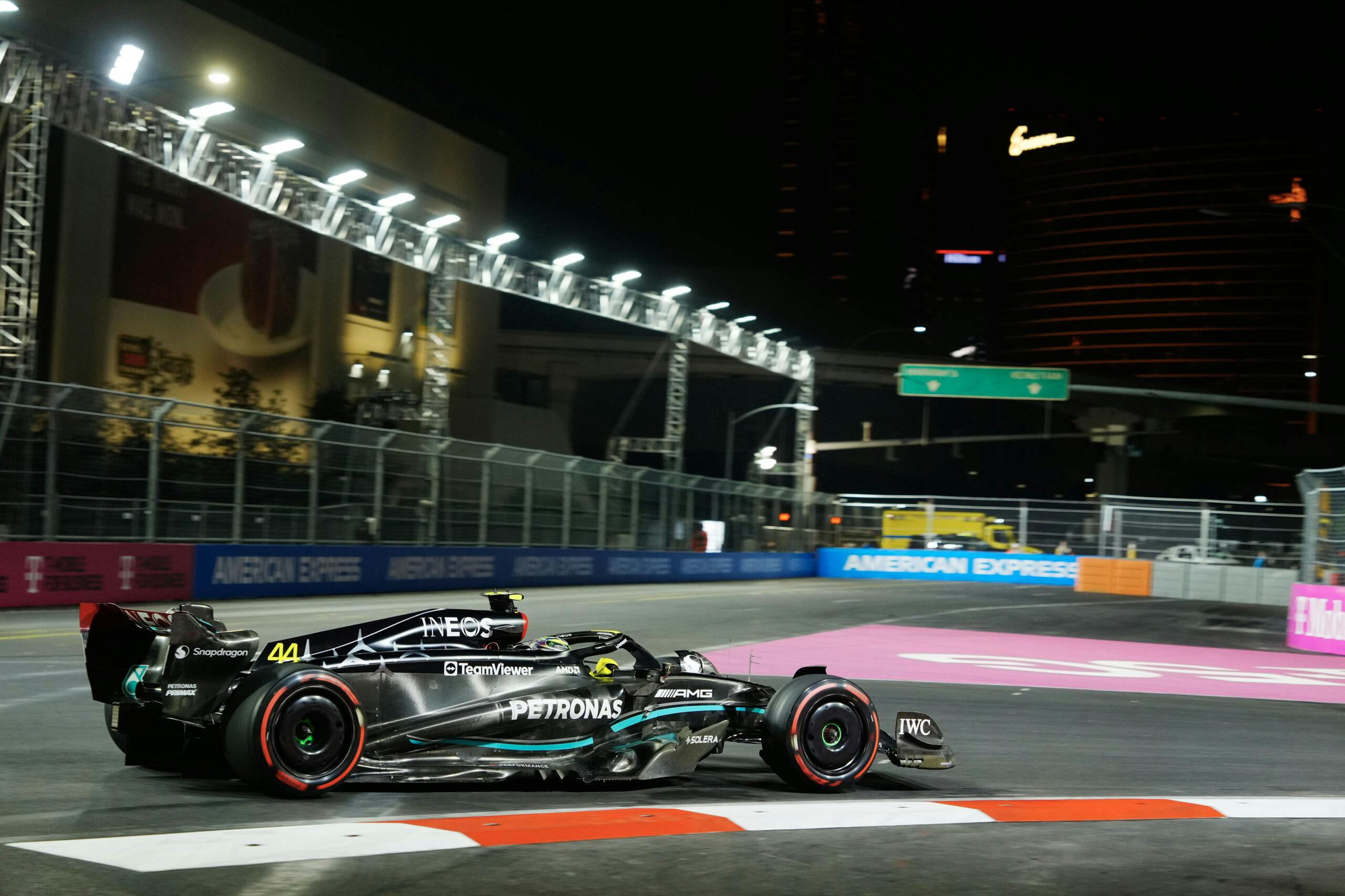
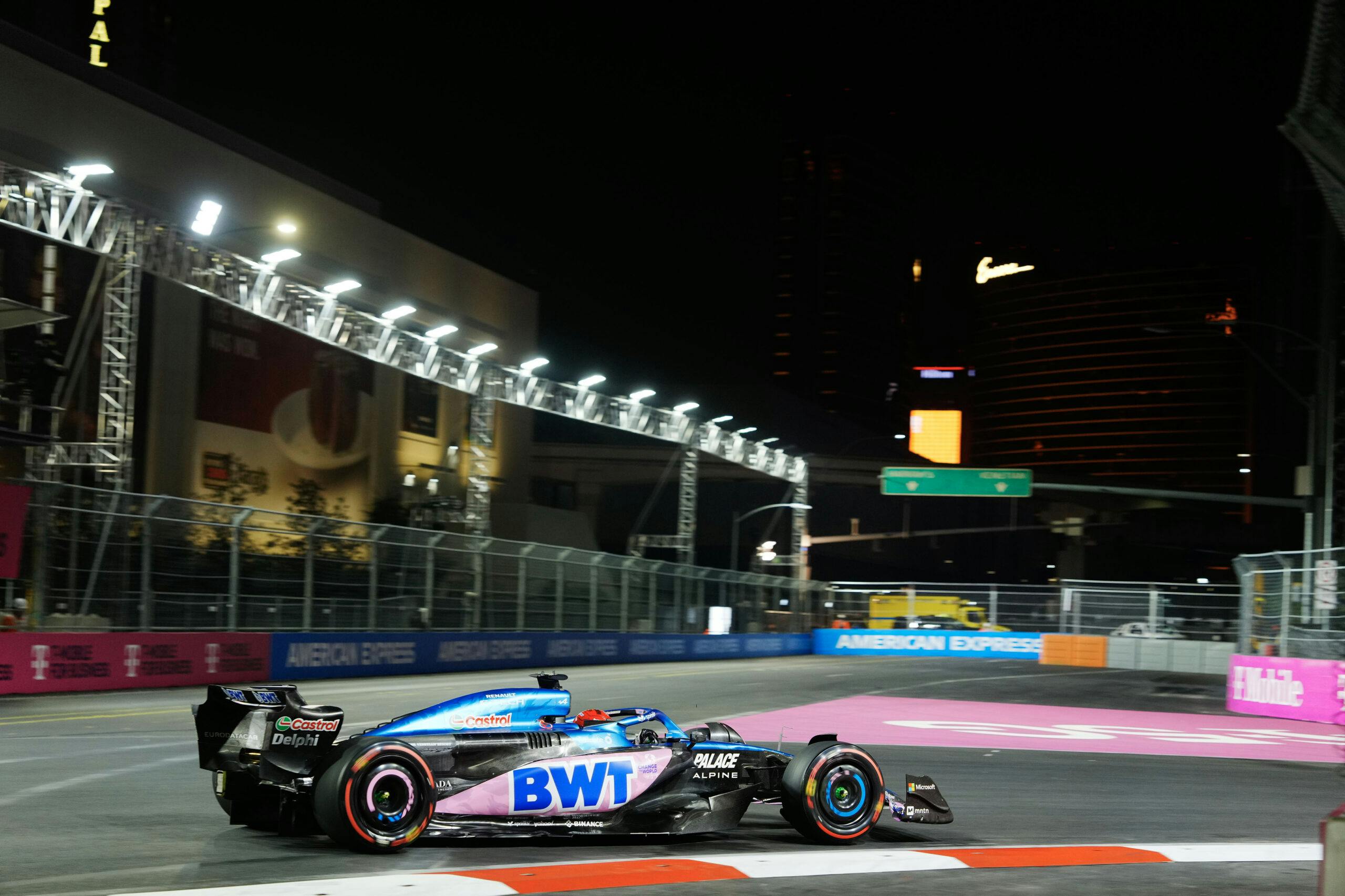
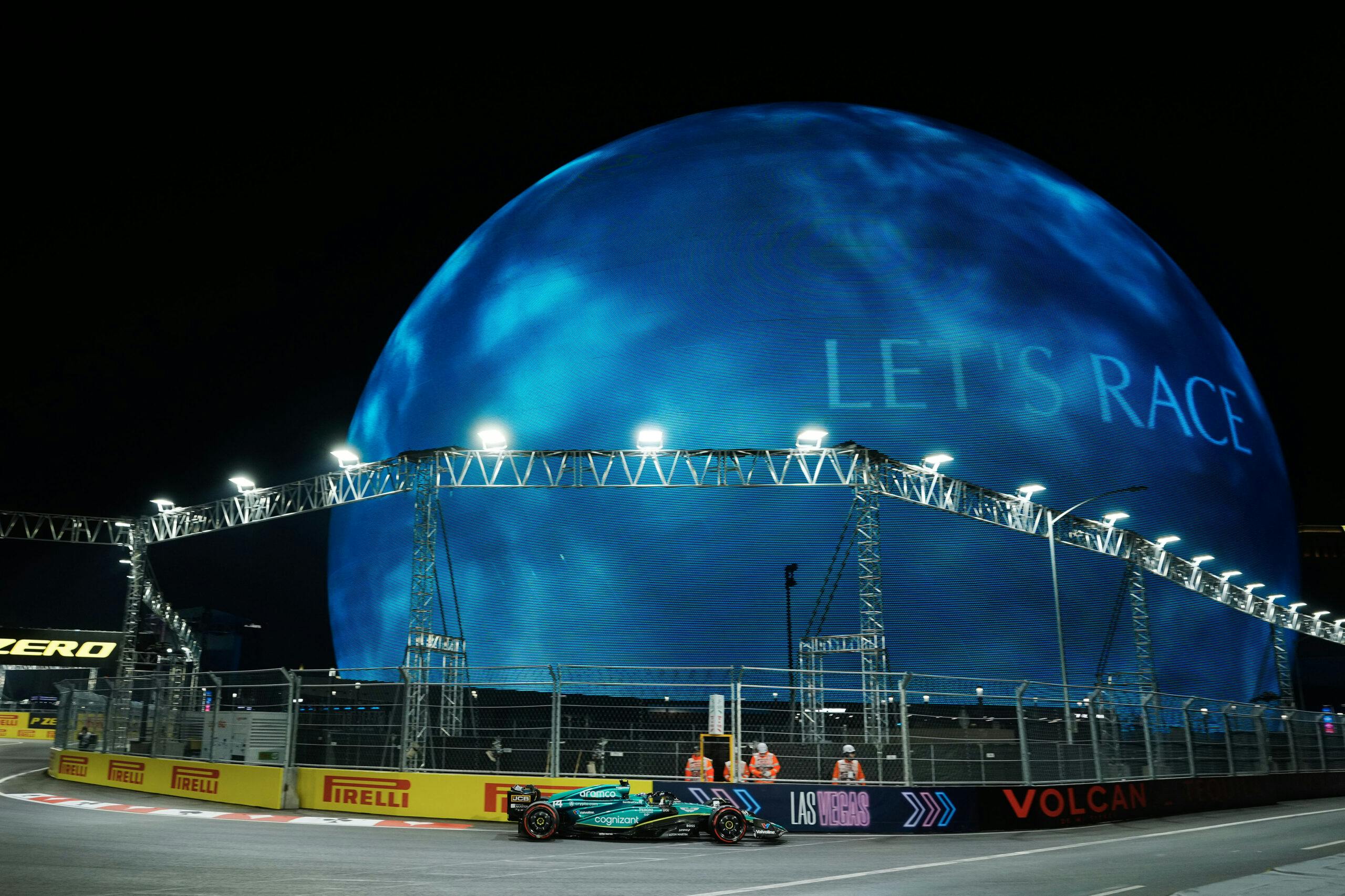

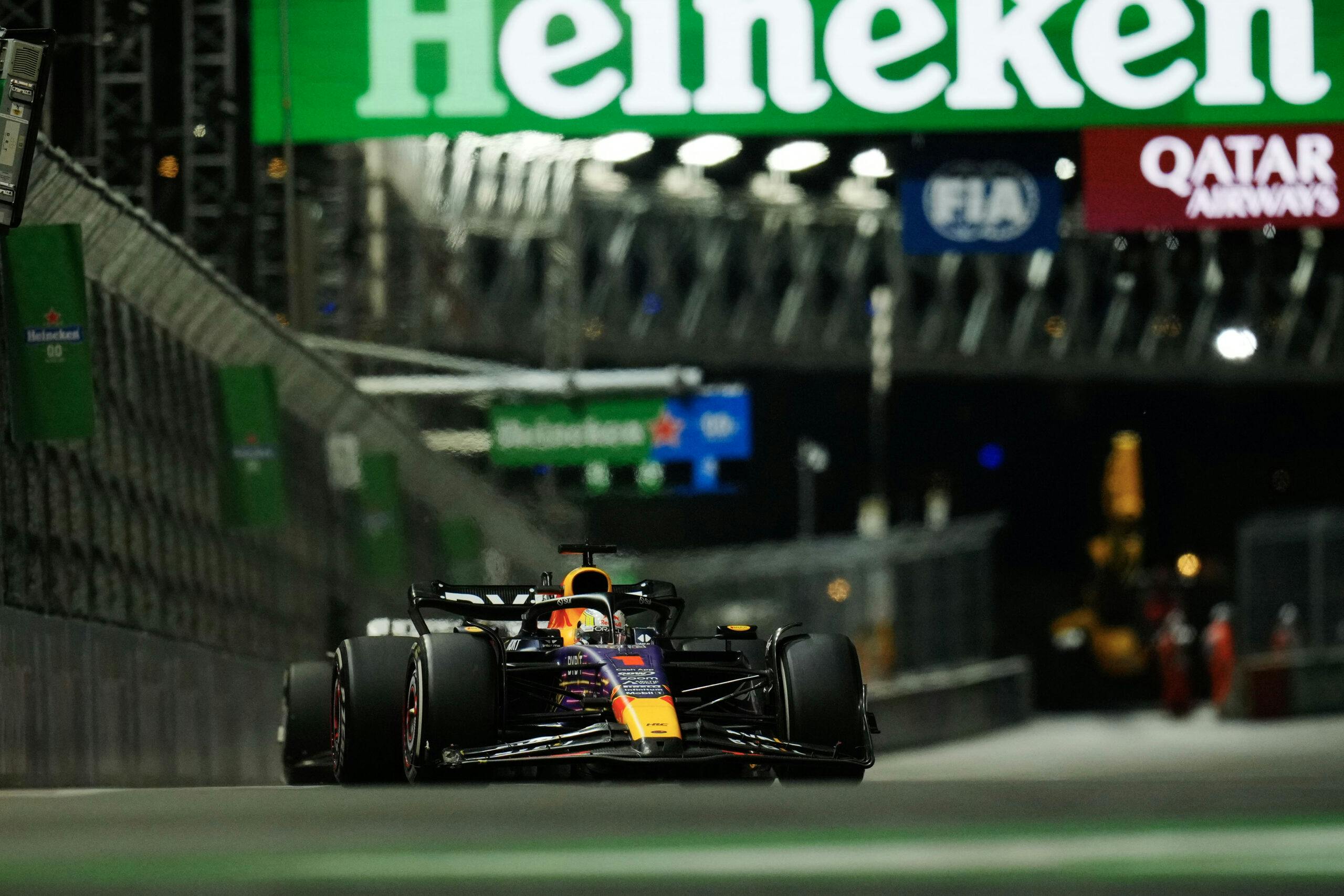
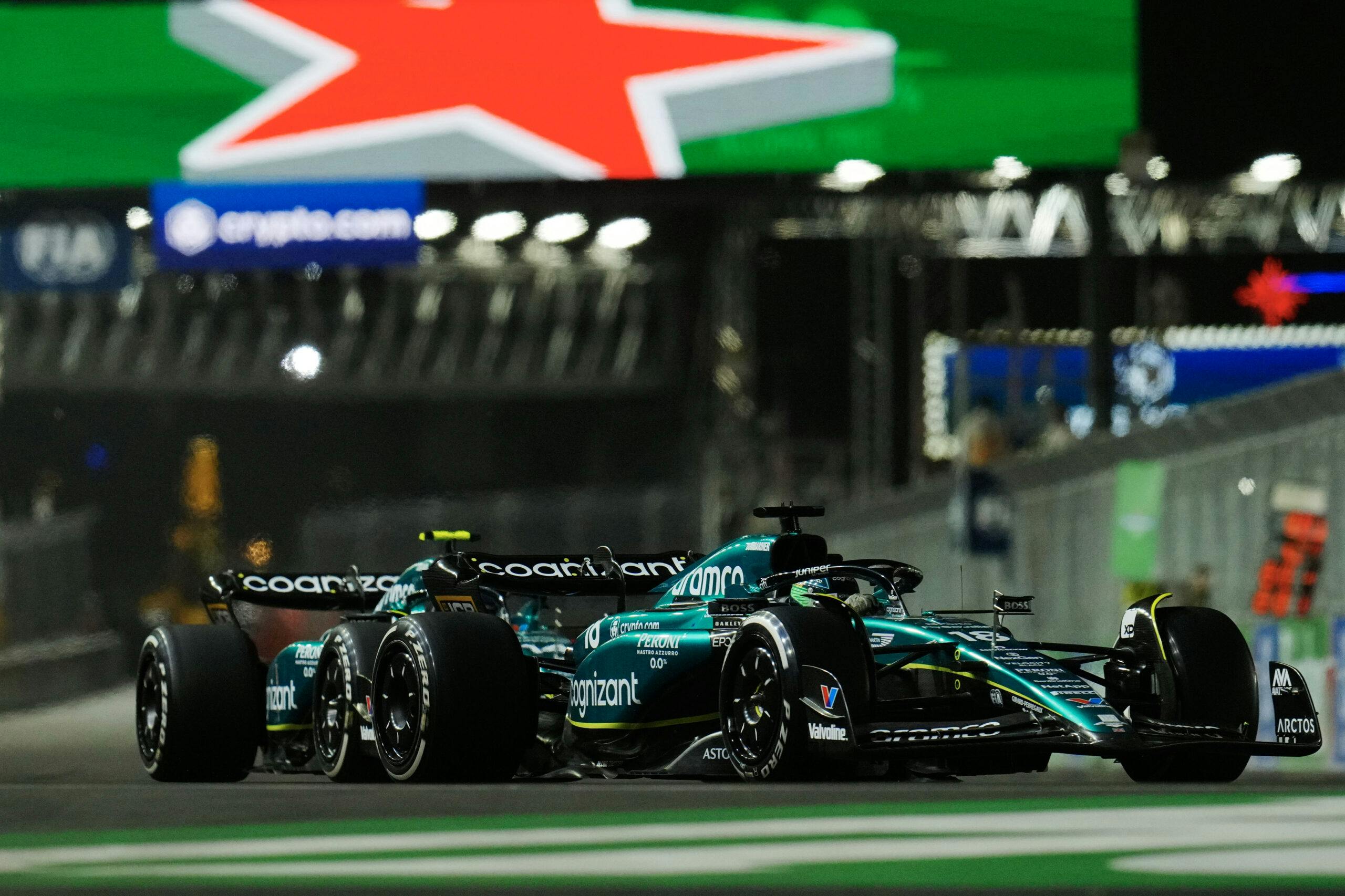
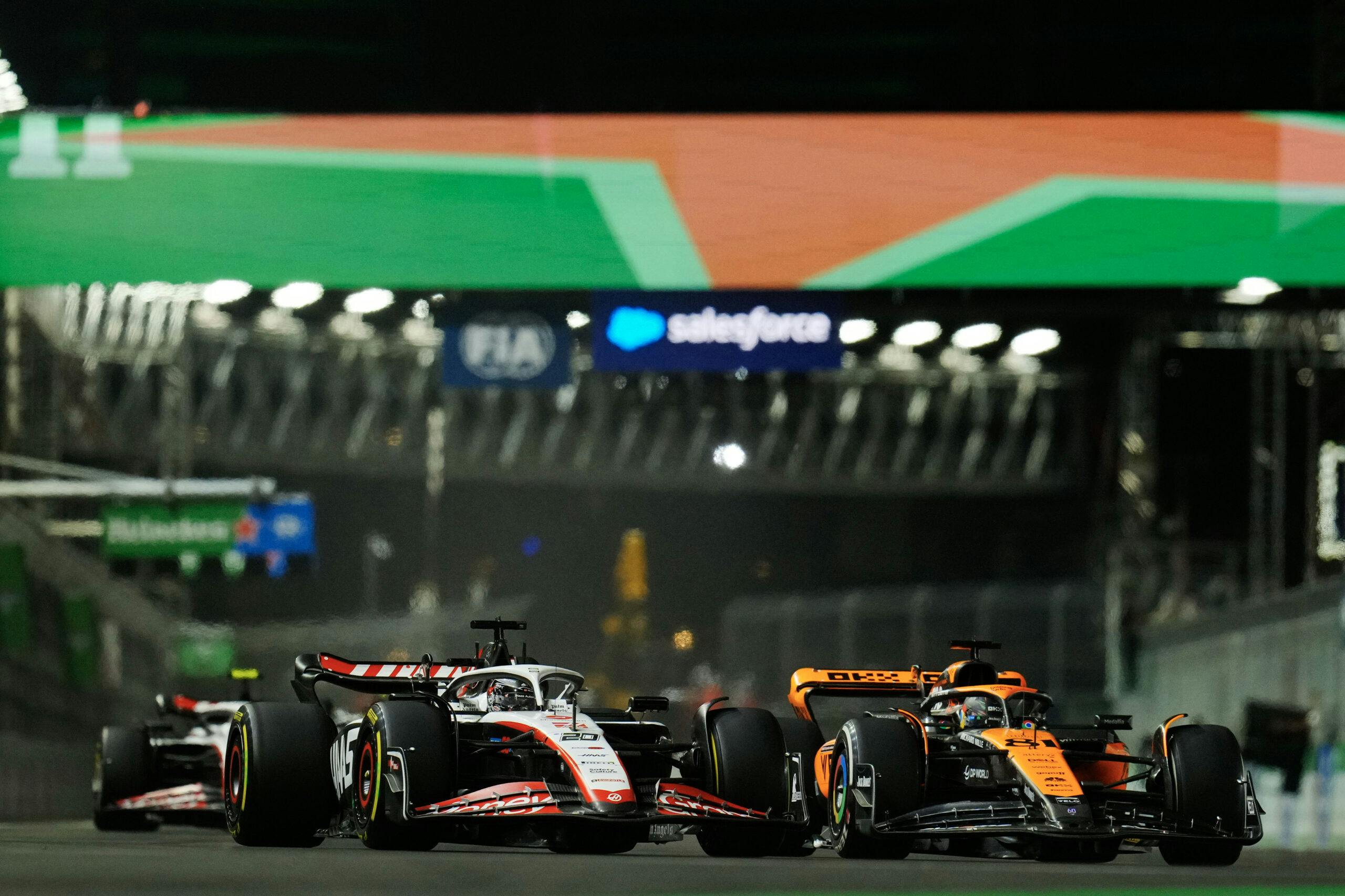

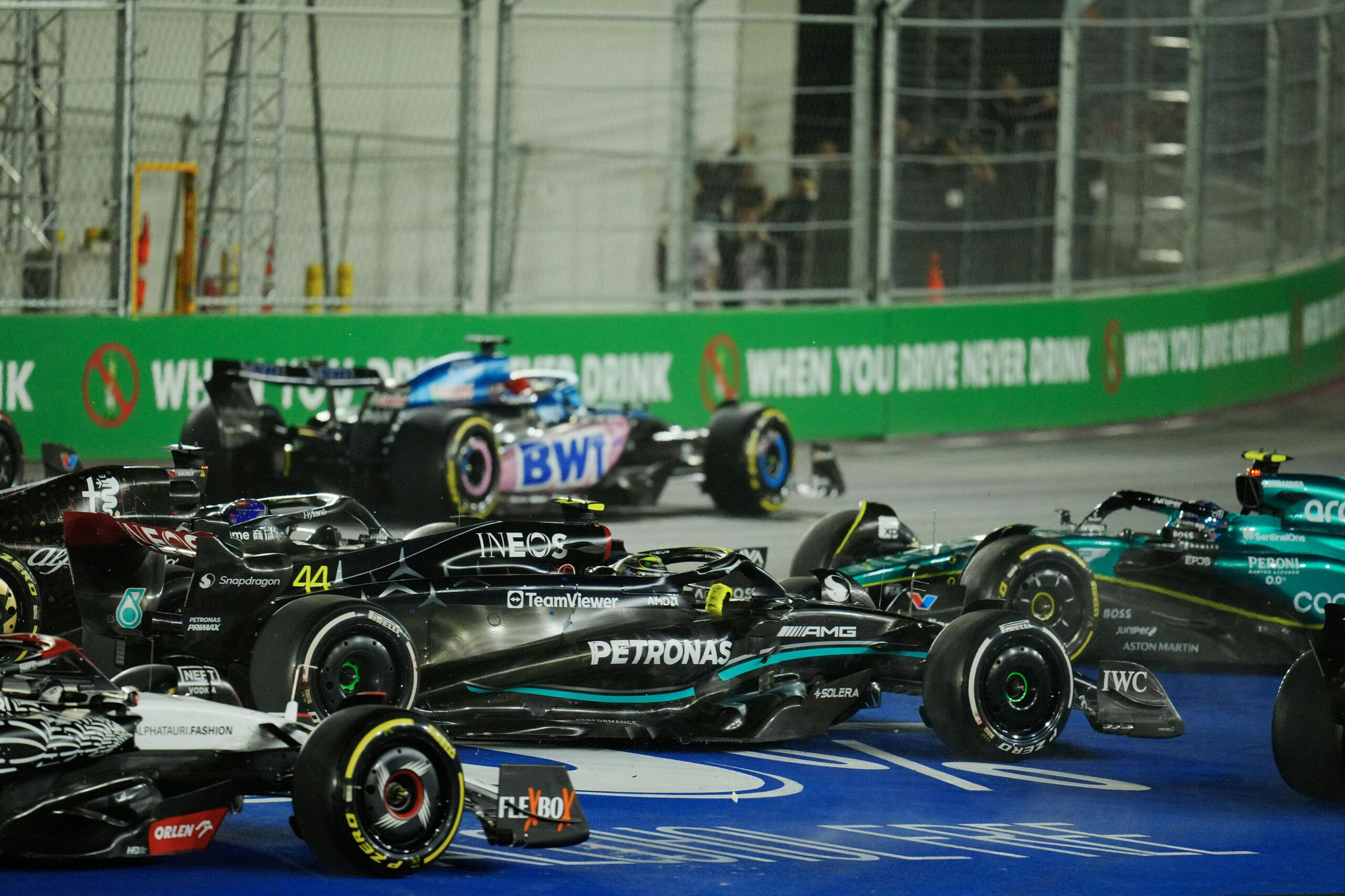
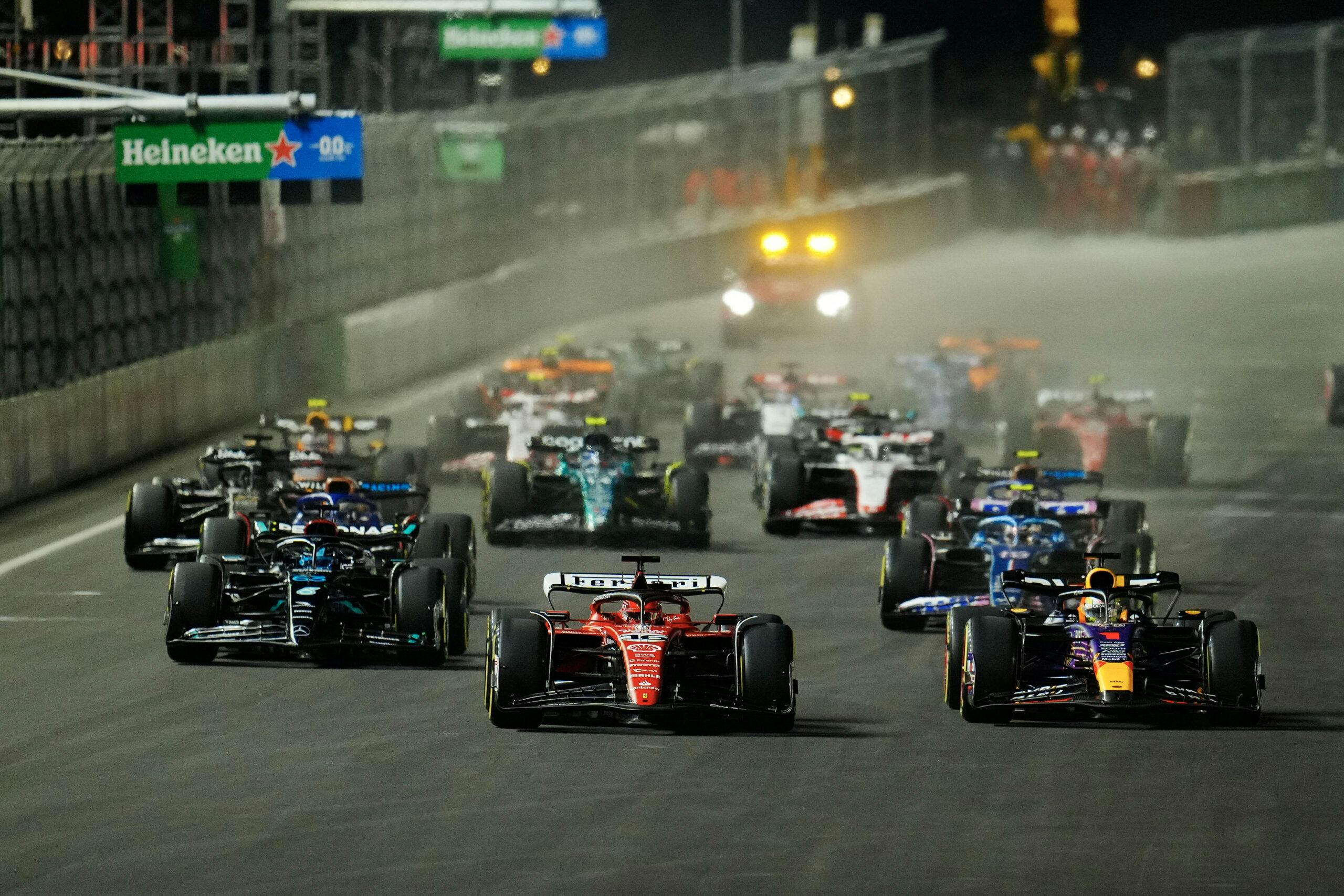
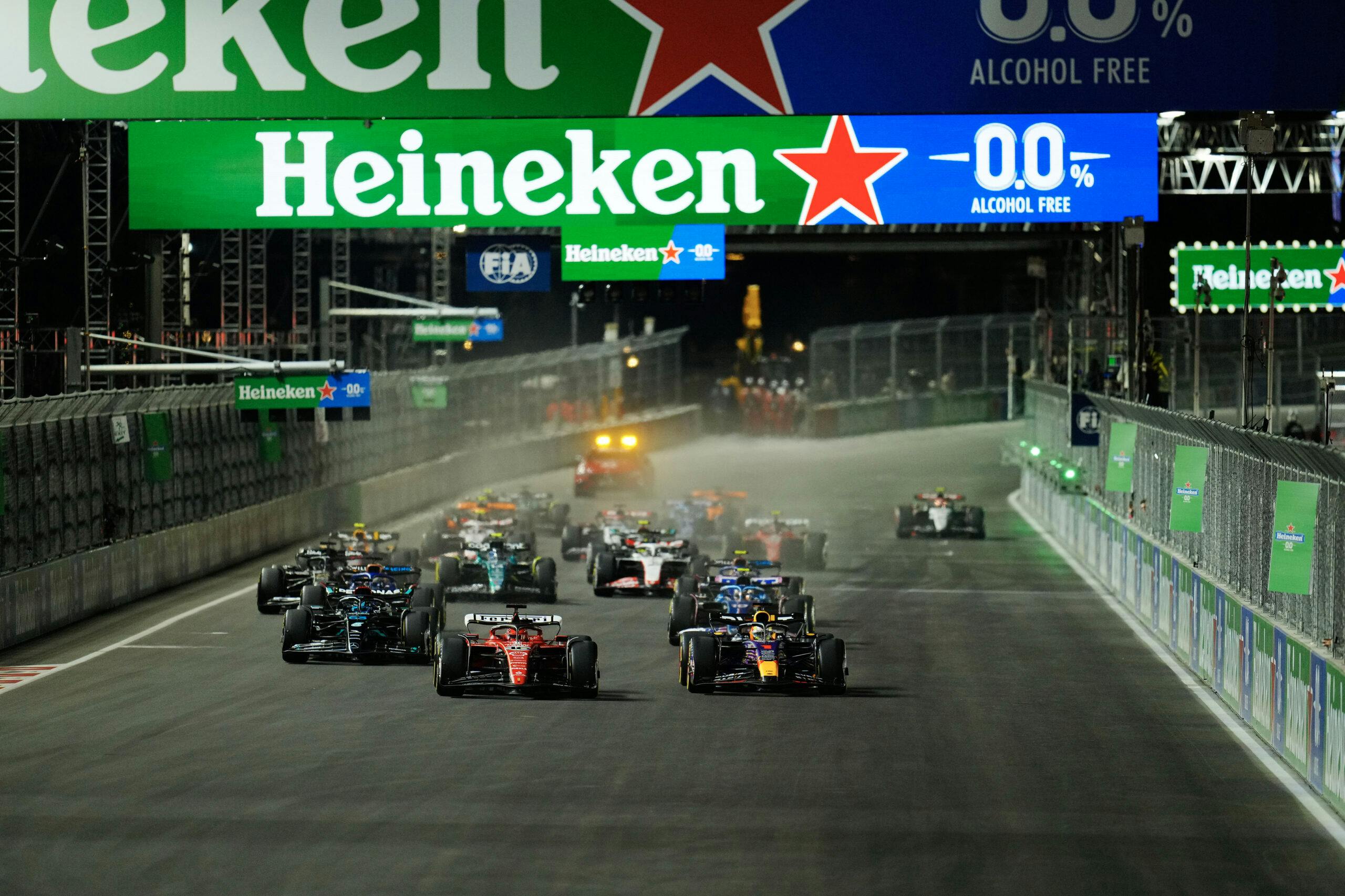
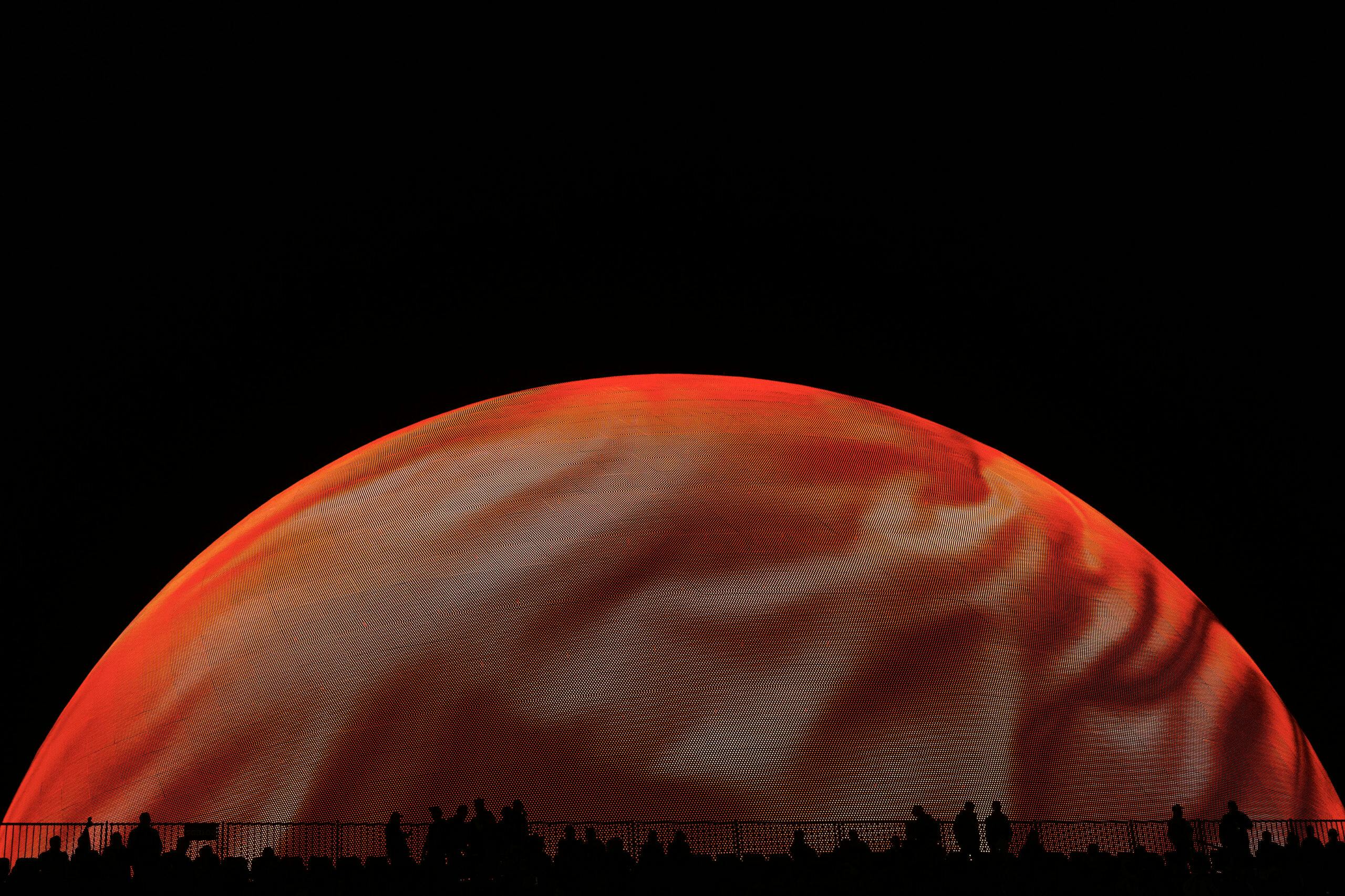
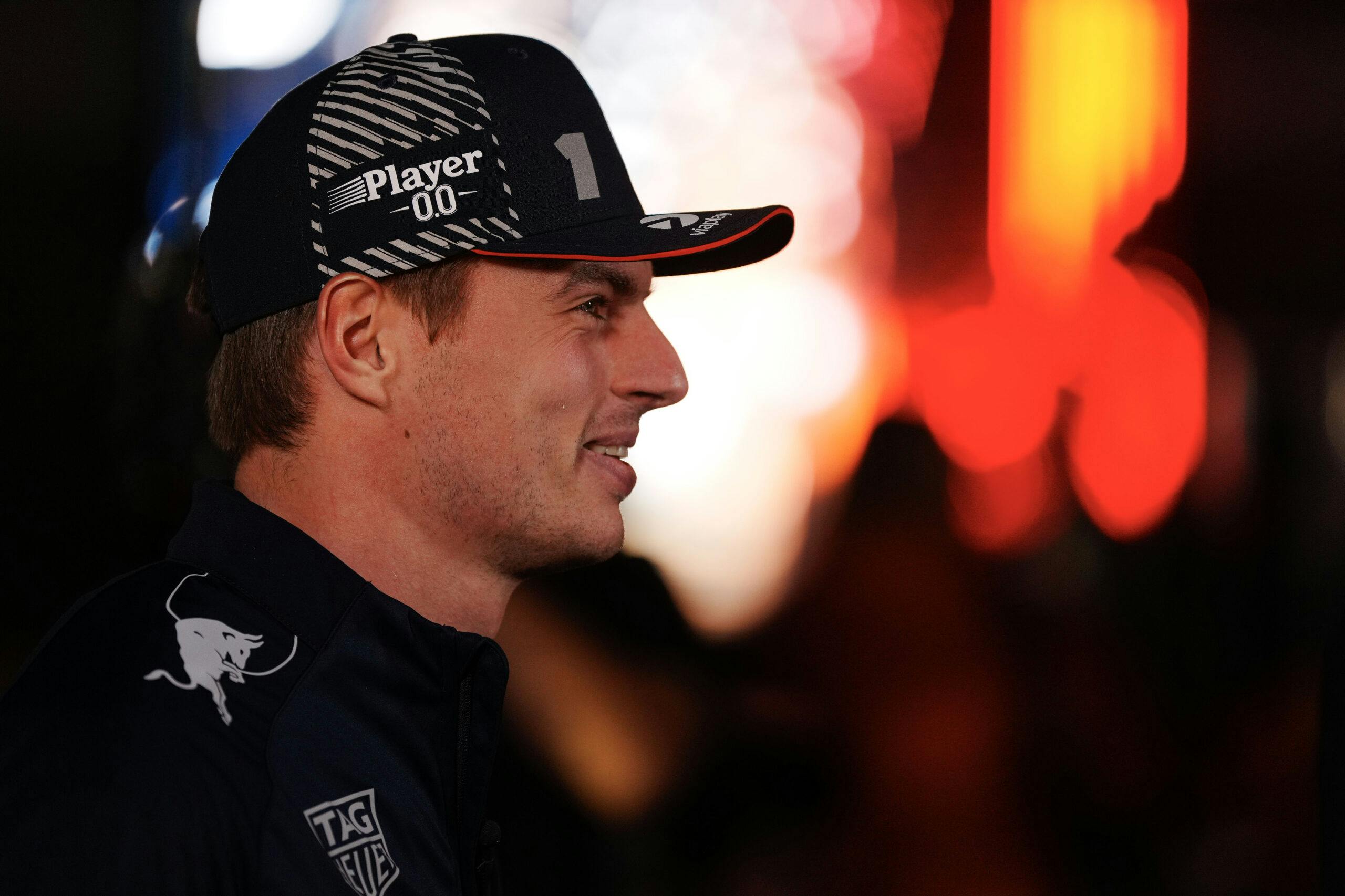
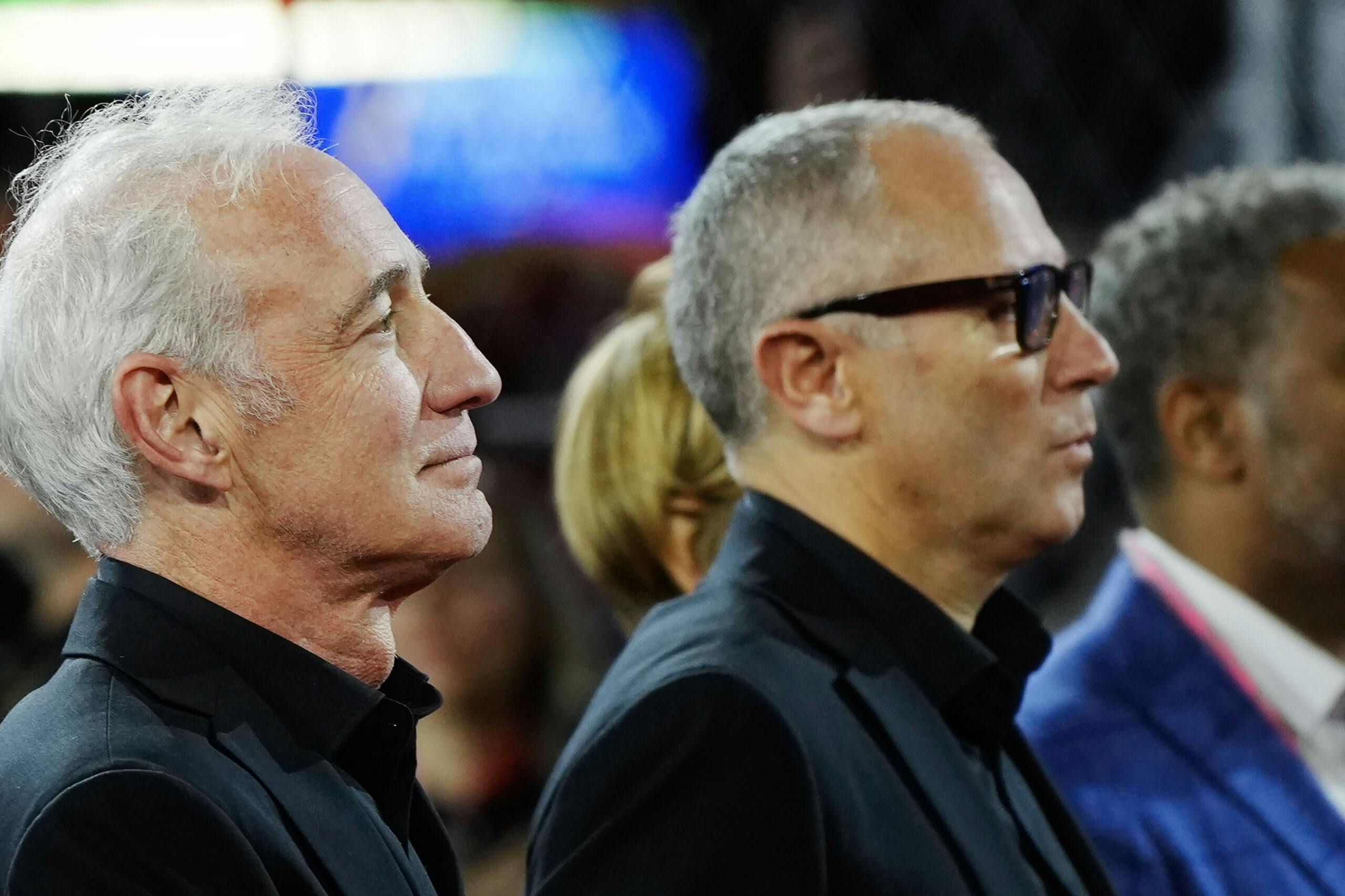
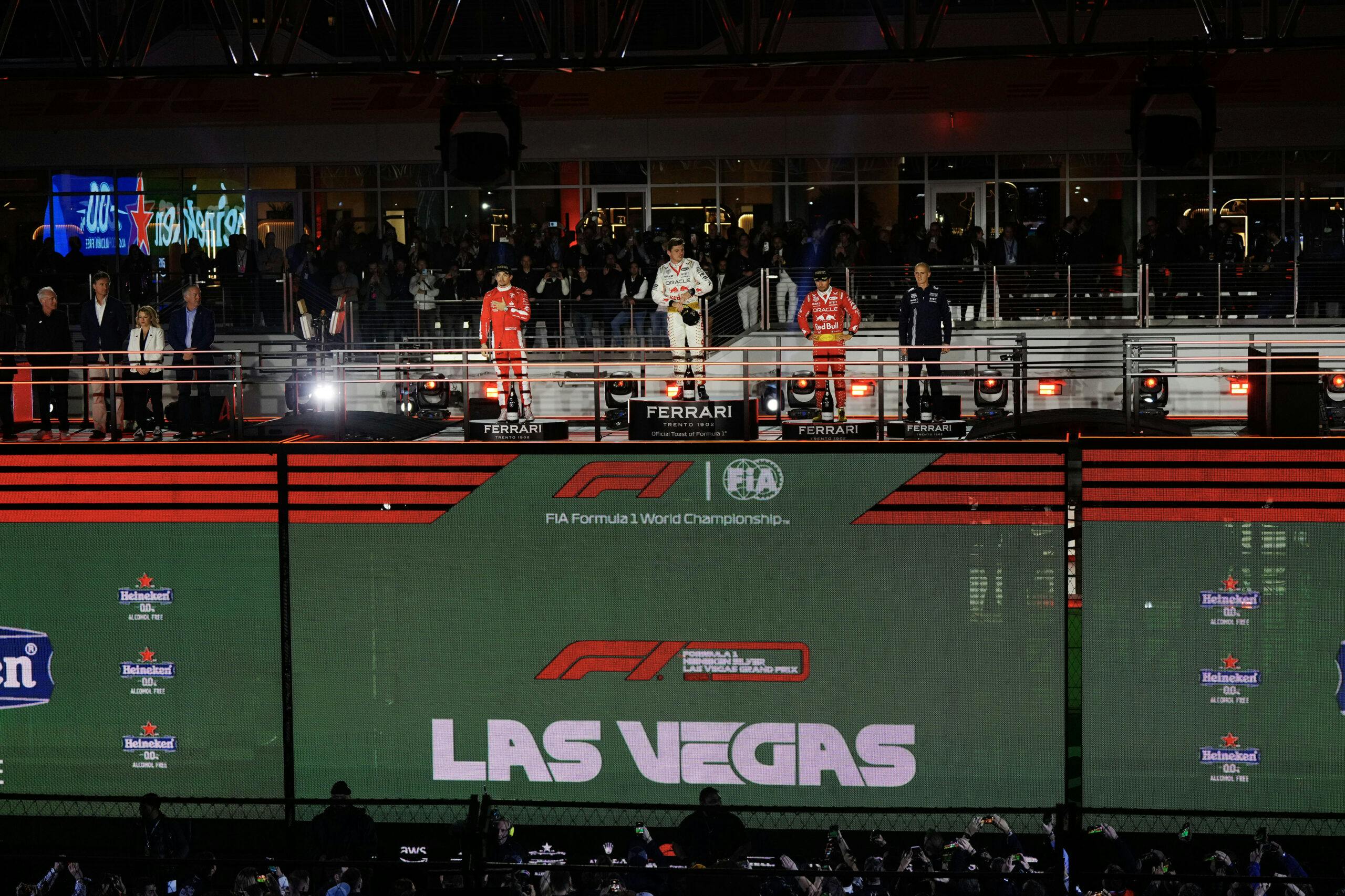

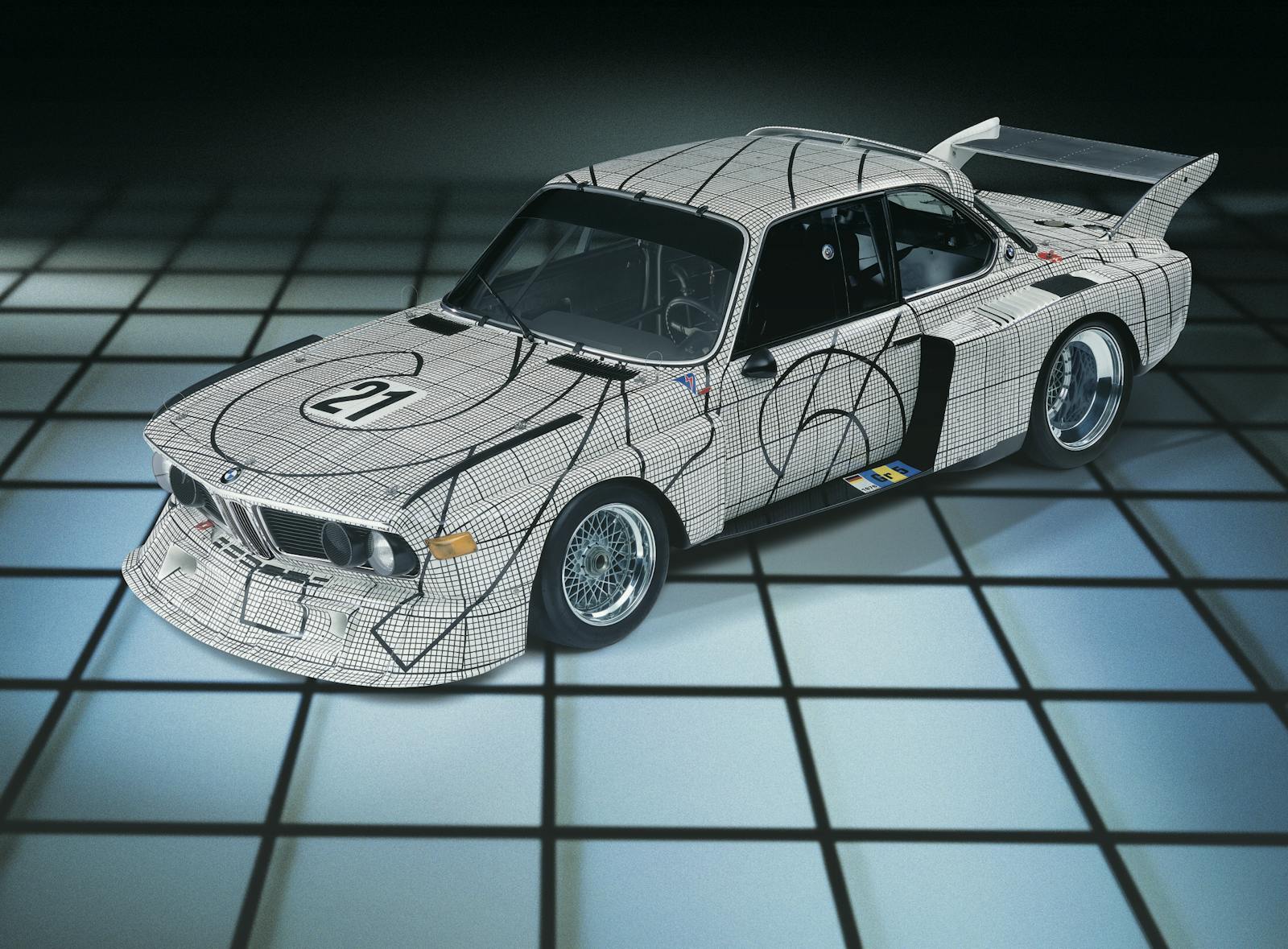
I am an F1 fan, but!!!!
I would do Vegas with out the race and only do F1 at a real race track.
Street races are just money grabs and are the worst place to actually see a race.m
DIRT !!!!
Sounds like it could have been a better event but worked out in the end. Still Vegas is boring to me for a race.
While I couldn’t care less about celebrities and glitz, the race itself was great: basically an extended version of the Alonso/Perez battle at Sao Paolo, though with Leclerc filling in for Alonso. It would appear that Liberty knows the American audience – at least the non-racers – quite well, and has equally well sold their vision to Austin and Las Vegas. Now bring back the screaming and less-ridiculously-expensive V8s and really pin their ears back !
Street races are strictly for the entertainment crowd. Certainly not for real race fans who have to peer through chain linked fence all over the track. No wandering around the track for that favorite curve or hillside view. Traditional race tracks be they road or oval race tracks are what real racing is about. If people want entertainment then go to Vegas, Atlantic City or Monaco when the racing is not there. I also don’t appreciate al the artsy pictures Hagerty is favoring lately. About half of this article’s pictures are blurs which mean nothing and who cares about celebrity or big corporate people pictures. If you do, buy People magazine.
It worked, more or less. There’s always next year !
For all the good things that came out of this race, the response by F1 to the fans who attended day 1 (practice 1 & 2) is totally lacking. Sure things happen and it is not their fault but they need to do the right thing and make right. For those fans (like my son) who attempted to stay until the start of practice 2 @ 2:30am(!) and were notified at 1:30am that they had to leave the track, the $200 voucher (only for NV residence ticket purchasers) for overpriced merchandise (which is really only worth $40-50 at most) is sorely lacking. No, those fans don’t buy their logic that things can happen so you are out of luck. That is a two way street and they should not entirely profit from “things happen” so we hope you understand. A “Let them eat cake (or a $200 voucher)” mentality is what they are pushing. Other entertainment/sporting events do the right thing when things happen.
He had bought his single day ticket off a certified re-seller and never received an email about the voucher so he couldn’t even use it. Hopefully the class action lawsuit on behalf of those ticket purchasers will change their minds or make right.
Fine, but I’ll just sit out this era/epoch/whatever of “content.” Wake me up if and when there’s a real world again.
I was there as a non-ticket holder (couldn’t get one) and the vide was electric. However the adjacent property owners were paid by Formula 1 to keep all of us out from glimpsing what was going on behind the fences. I was kicked out of several locations by the police and security and we all were disappointed. I watched the race at South Point Casino with several hundred other fans. No cheers for Hamilton or Verstappen and surprisingly lots of cheers for Perez and LeClerc. It seems to indicate just how bias Sky Sports in broadcasting the series. The ceremonies afterwards were underwhelming.
I used to enjoy going to F1 when it was at Watkins Glen. A proper race course and some great racing. My wife asked me if I was going to watch the Las Vegas race and I told her probably not, Verstappen is going to win and there might be a pass for the lead. I was wrong, I think I read there were 3. Best race of the year and 3 lead changes. Boring.
I would like to see an f1 race, but how does a person who is not wealthy afford the price of a ticket? It really does not matter because obviously there are enough wealthy people who can afford it.